The Caga Tió Festival in Mura, Spain
18 comments
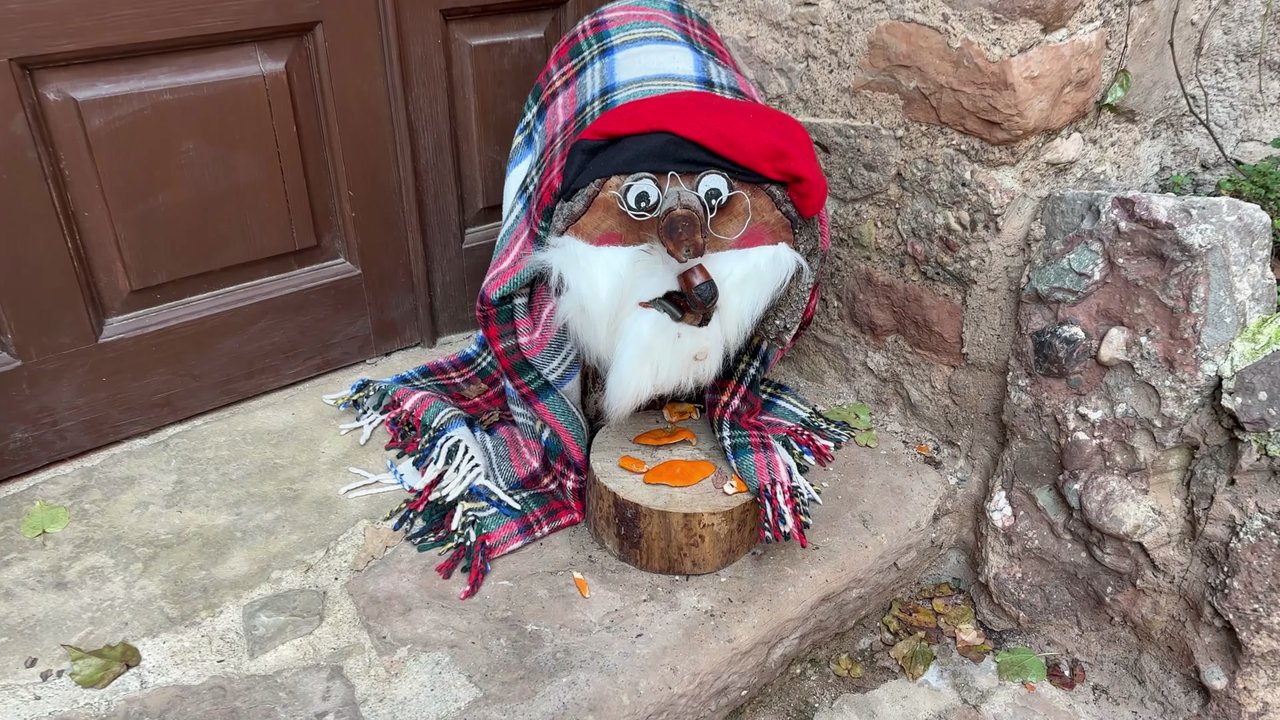
Hello fellow travelers. Last Sunday we visited the village of Mura to explore Catalan Christmas traditions. We had the chance to experience the Caga Tió festival, which is held every December. The villagers create special Caga Tió figures for the festival and display them in front of their homes or in town squares. Visitors can see these figures and vote for their favorites. You can find Caga Tió figures on every street corner or in the town square. For example, you might spot an adorable figure looking at you from a small square or a windowsill.
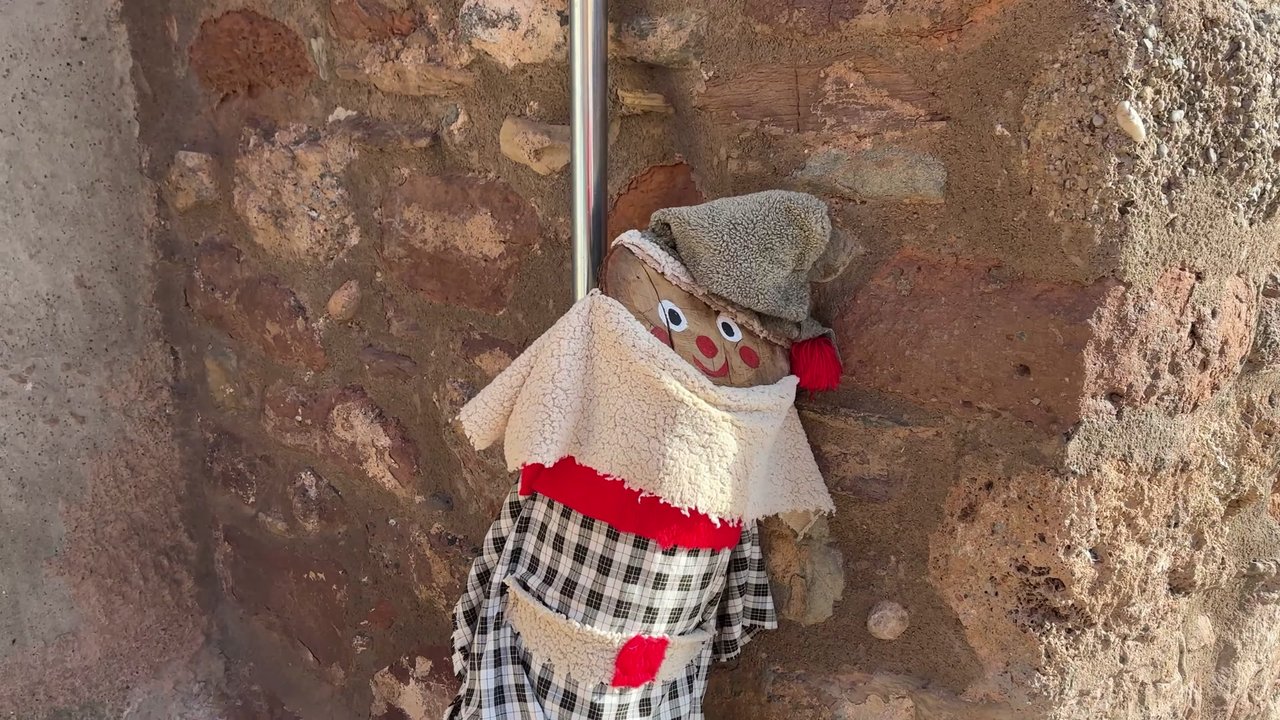
Mura is about an hour’s drive from Barcelona, but the roads are winding and narrow, so the journey can be a bit tiring. Every time I make the trip, I think, This will be the last time, but the village atmosphere and the events held in December keep drawing me back.
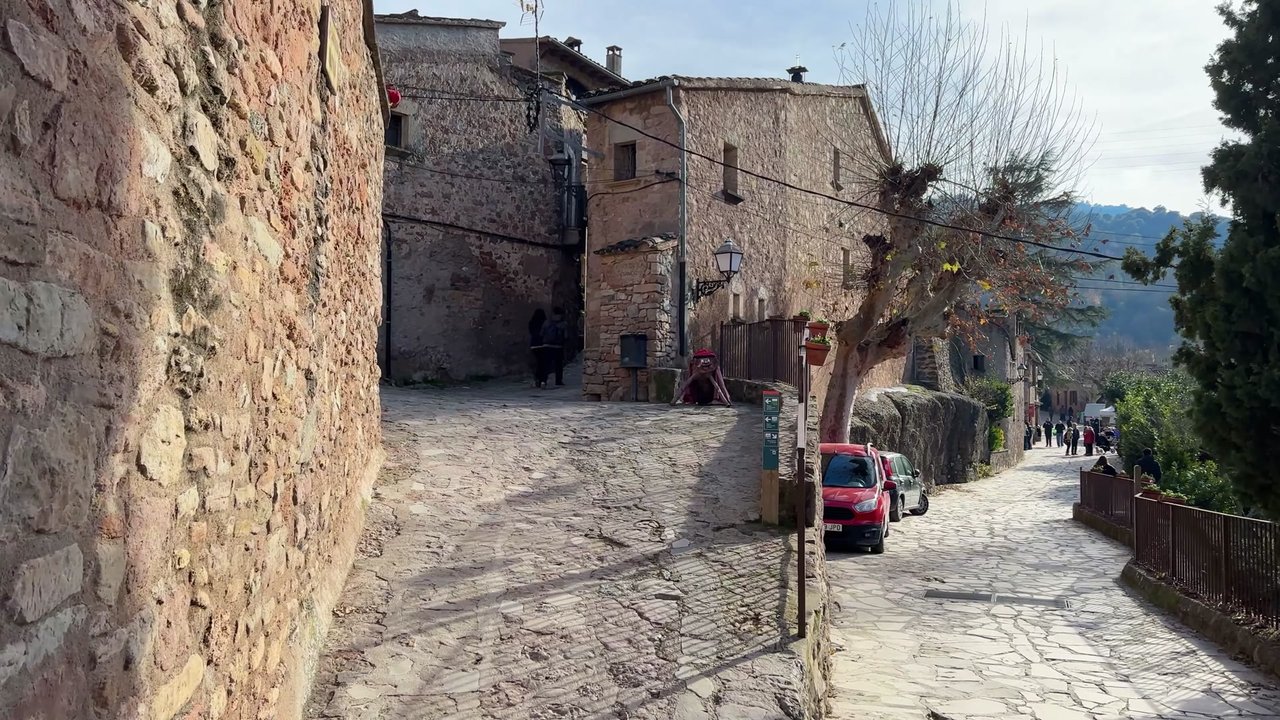
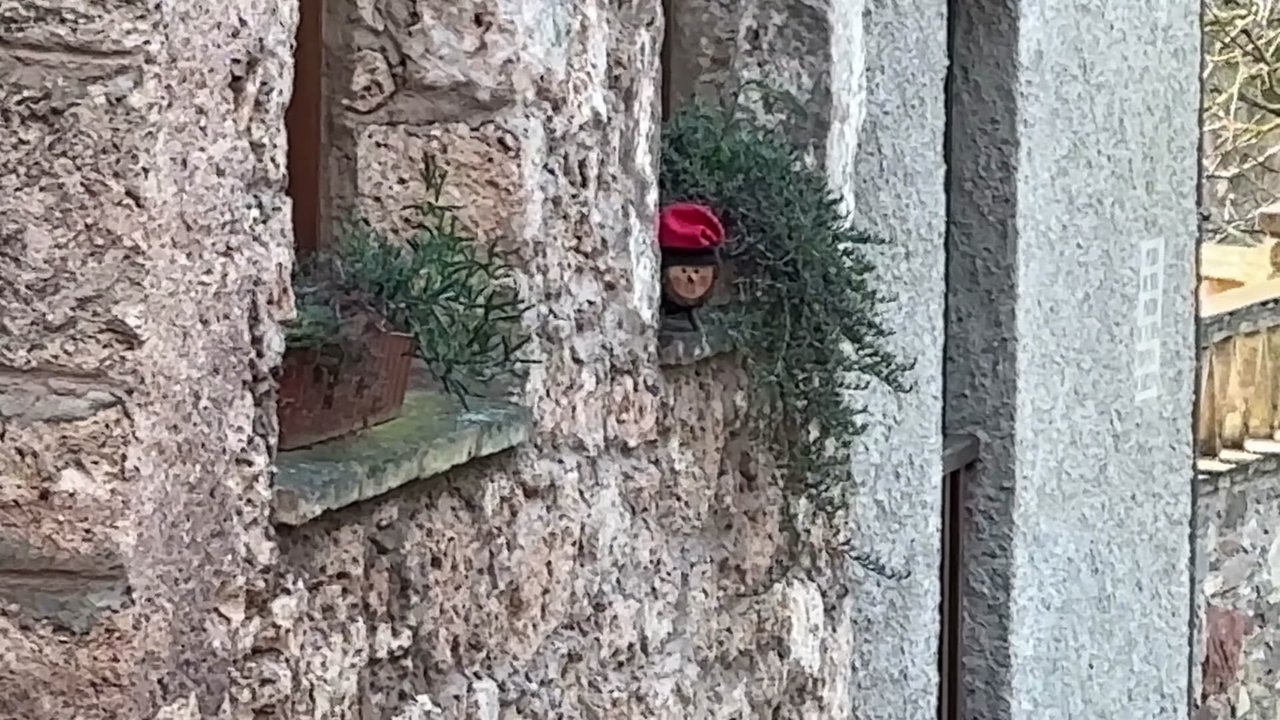
This region is famous not only for beautiful villages like Mura but also for its national parks and hiking trails. Catalans come here to hike in the mountains and enjoy nature. In December fun events like Caga Tió take place.
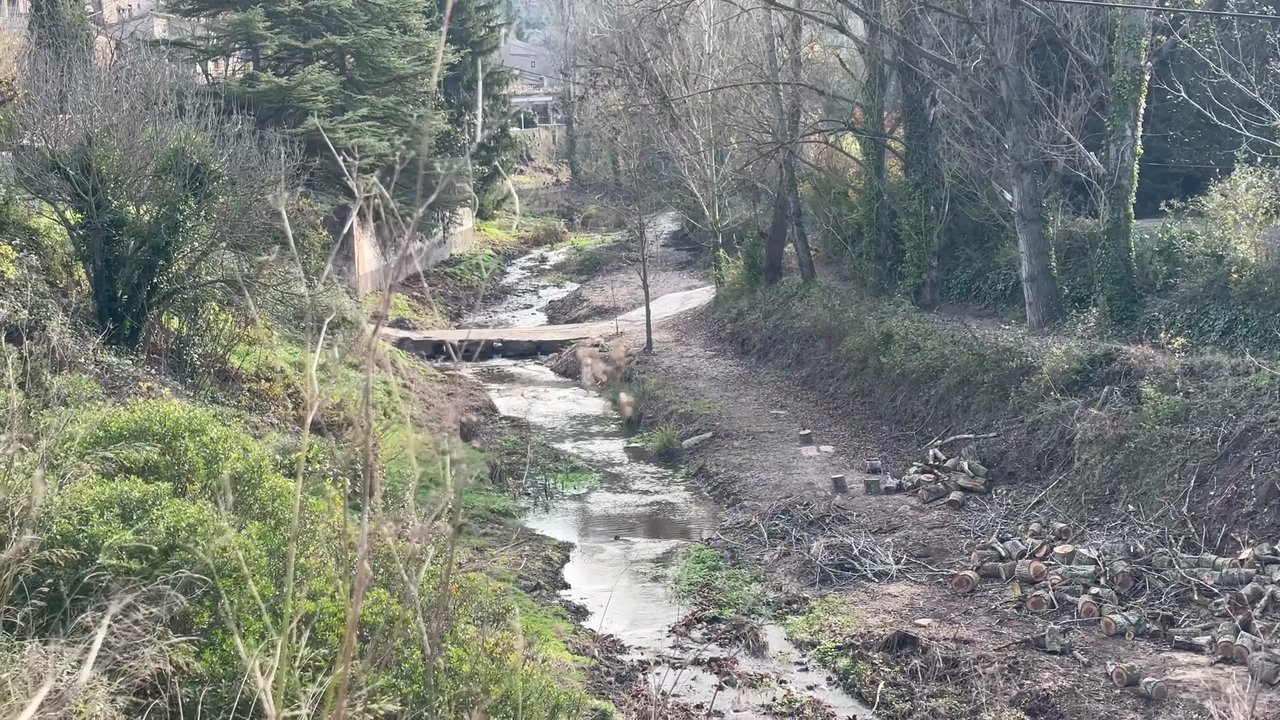
You can also spot Belen scenes in windows, which are a classic Catalan Christmas tradition. In the past instead of decorating a Christmas tree, they would create scenes depicting the birth of Jesus. In these scenes you can see the three kings bringing gifts to Jesus. Even a figure called the Caganer, representing someone taking a break during Jesus birth, is included in these scenes. An interesting detail is that the Caganer is a character unique to Catalonia.
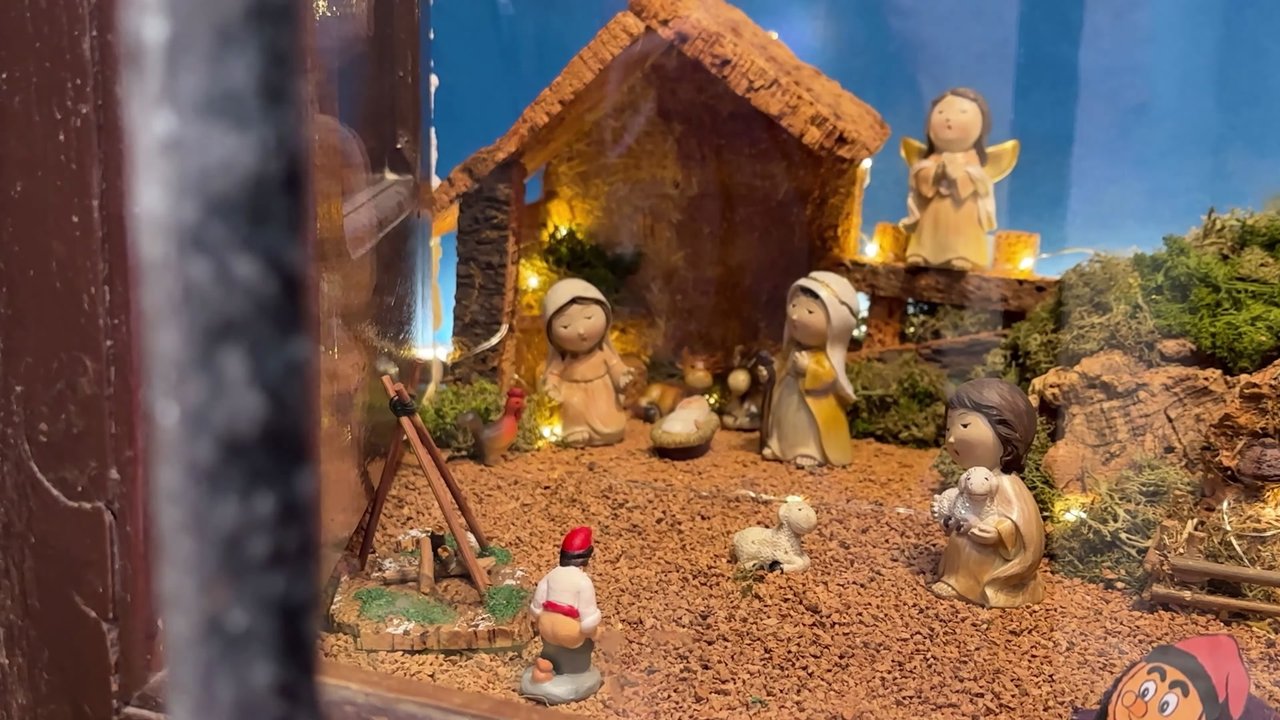
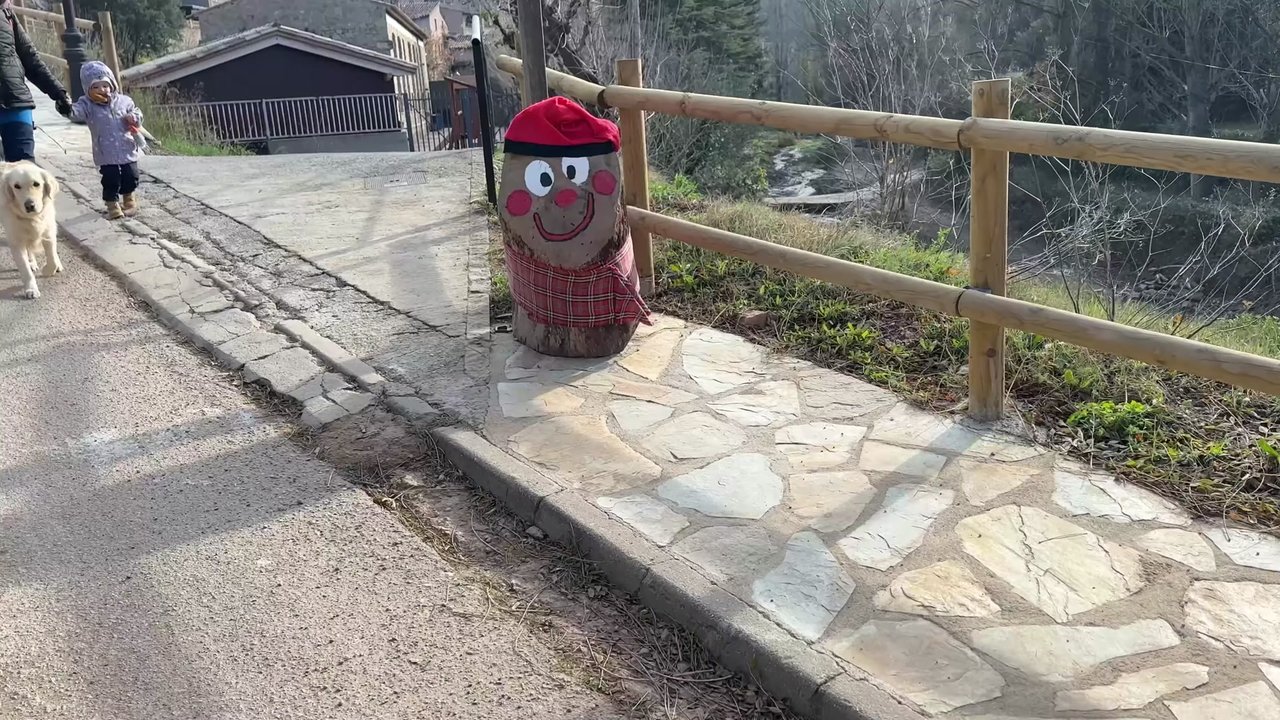
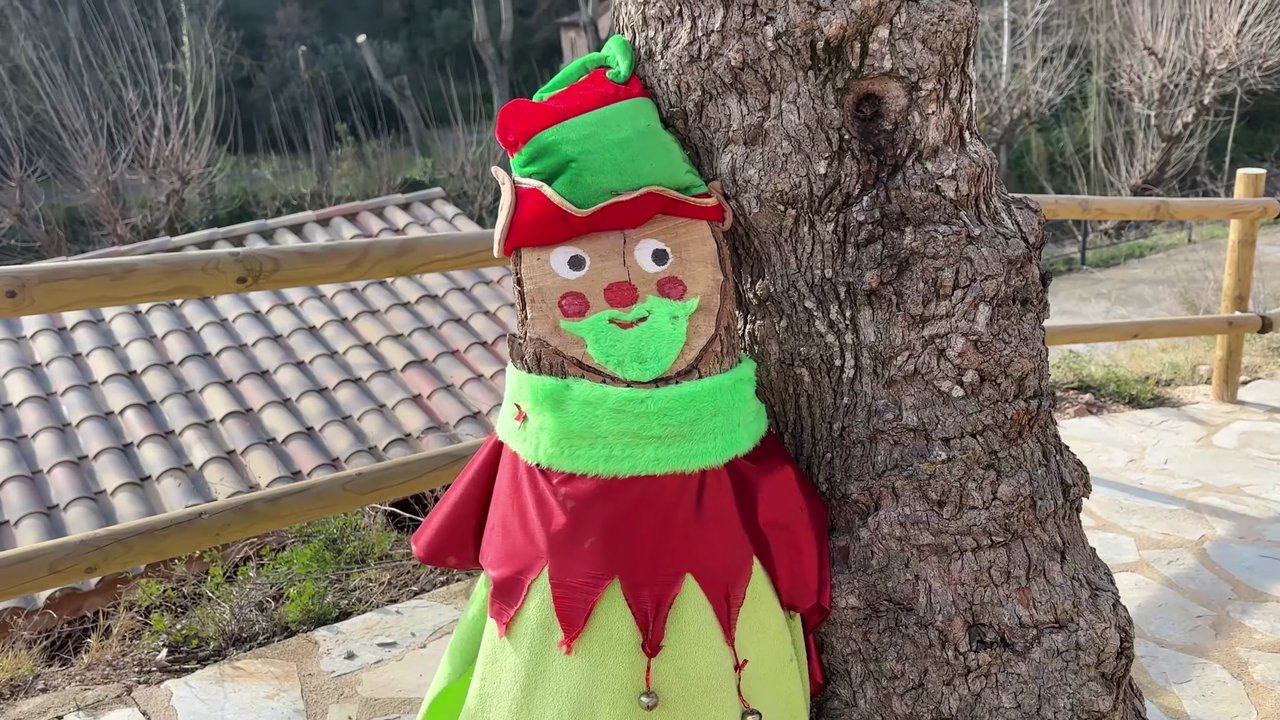
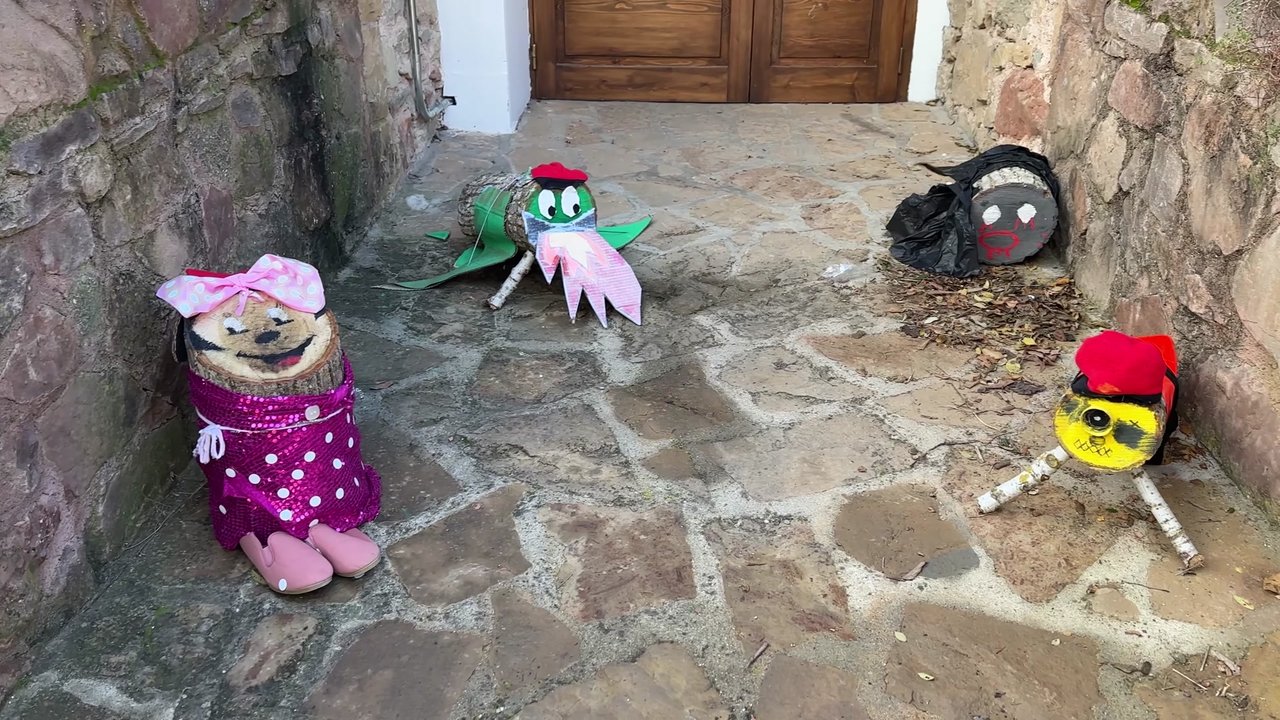
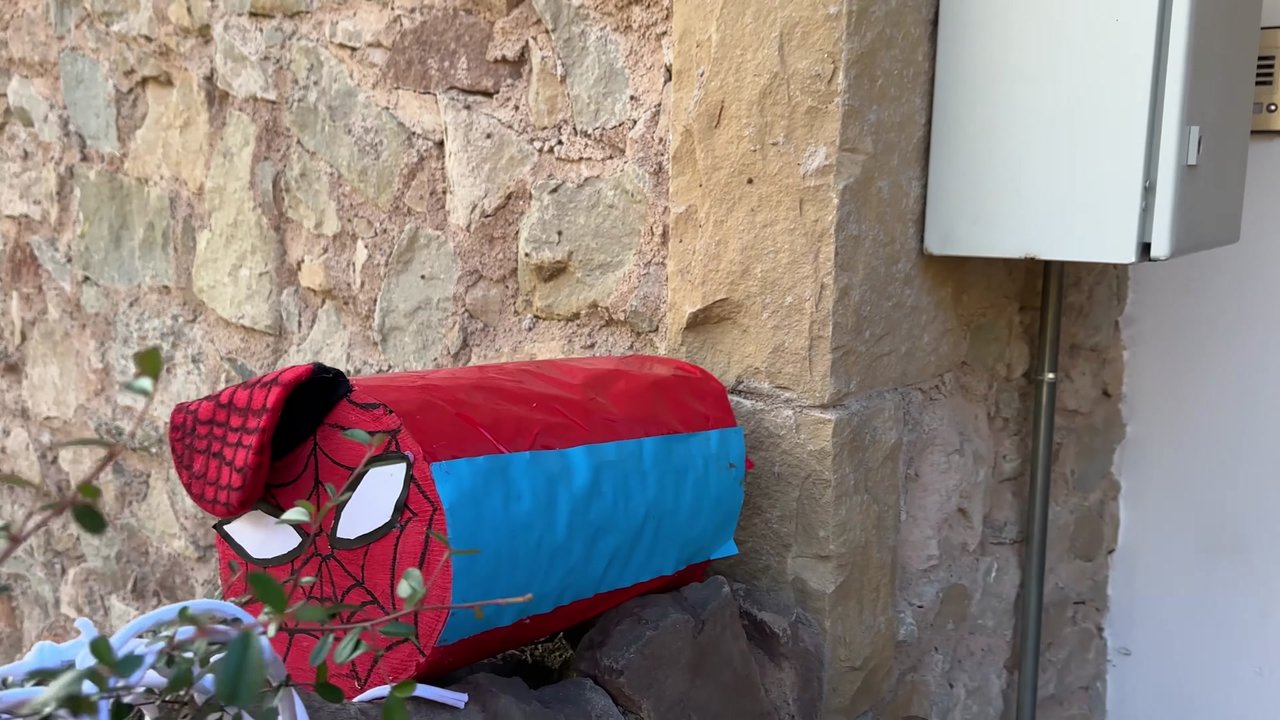
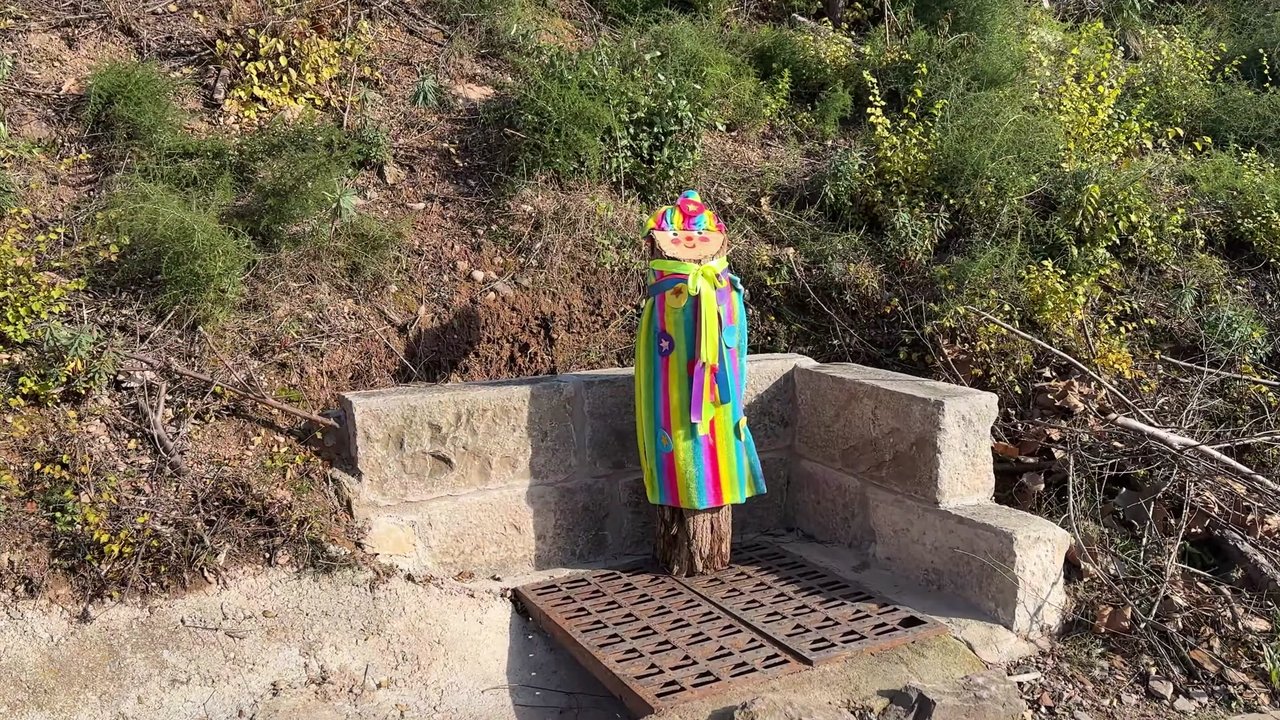
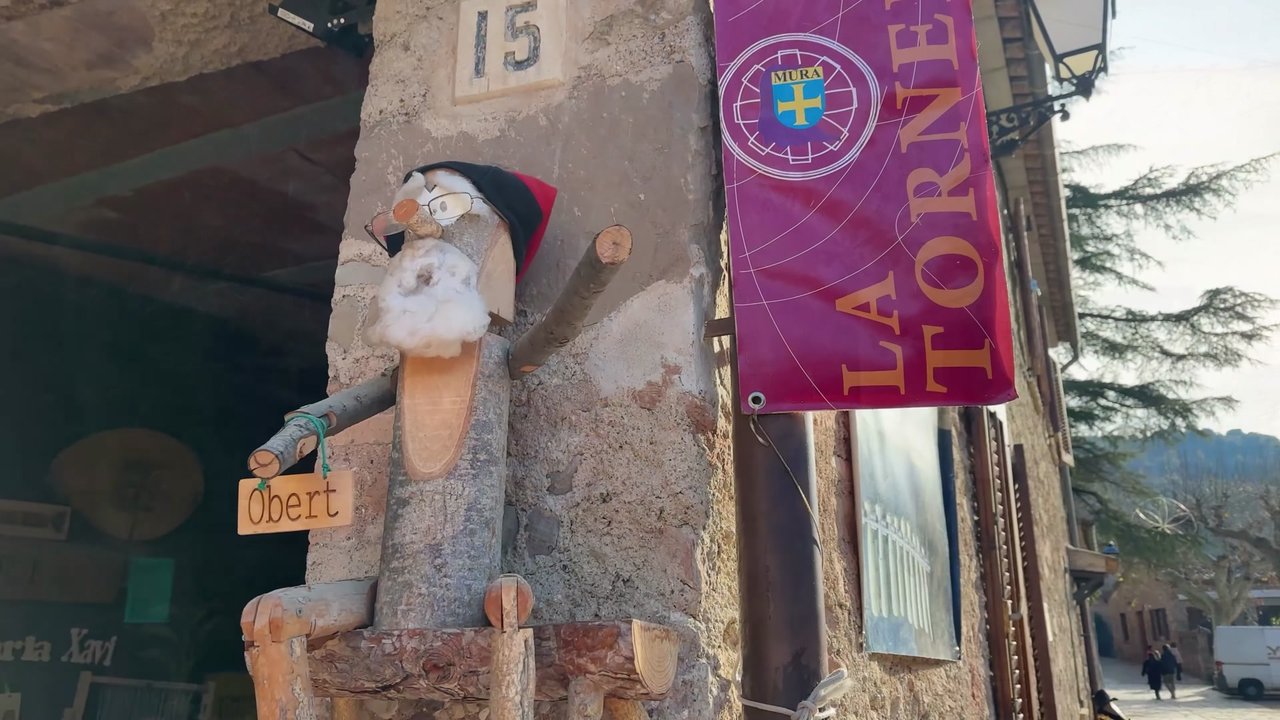
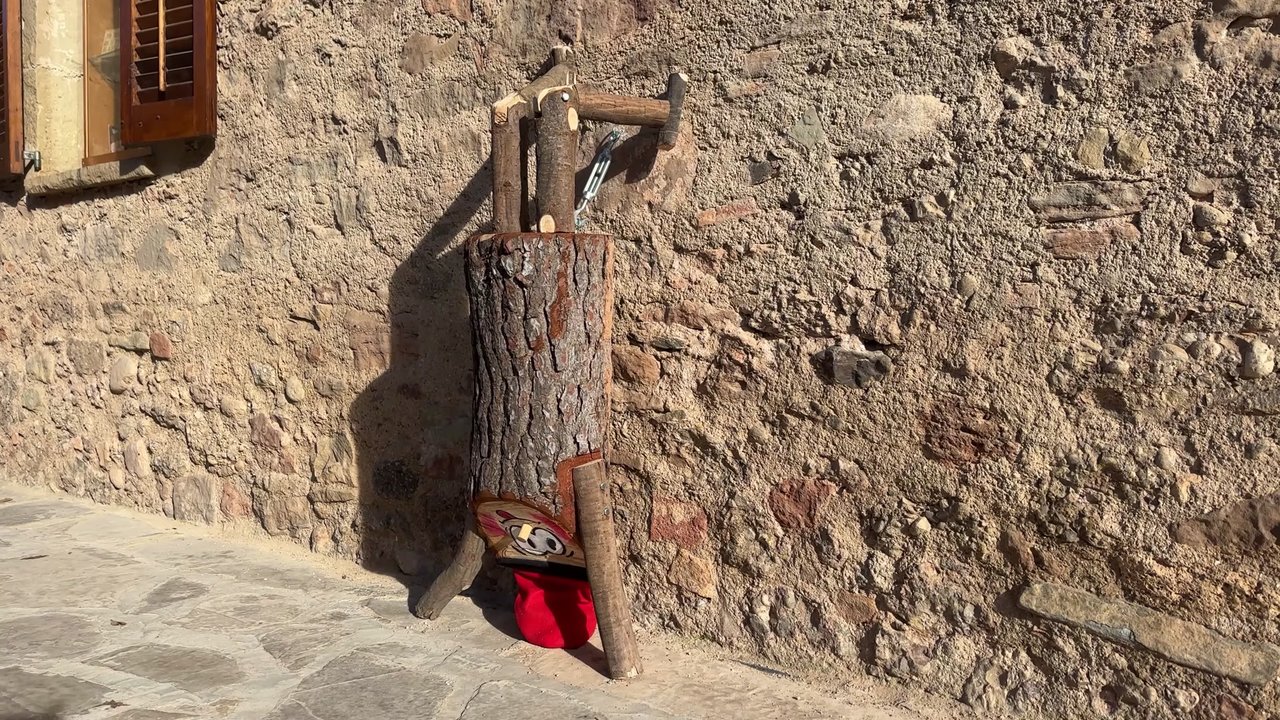
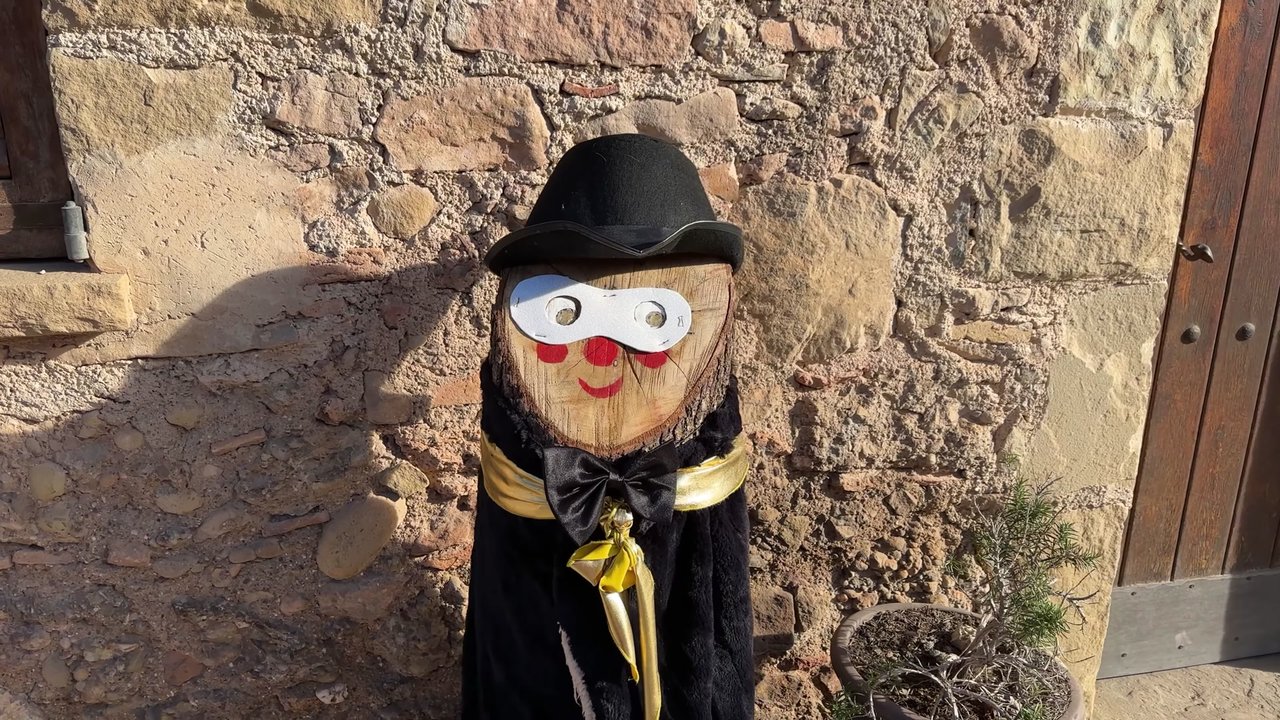
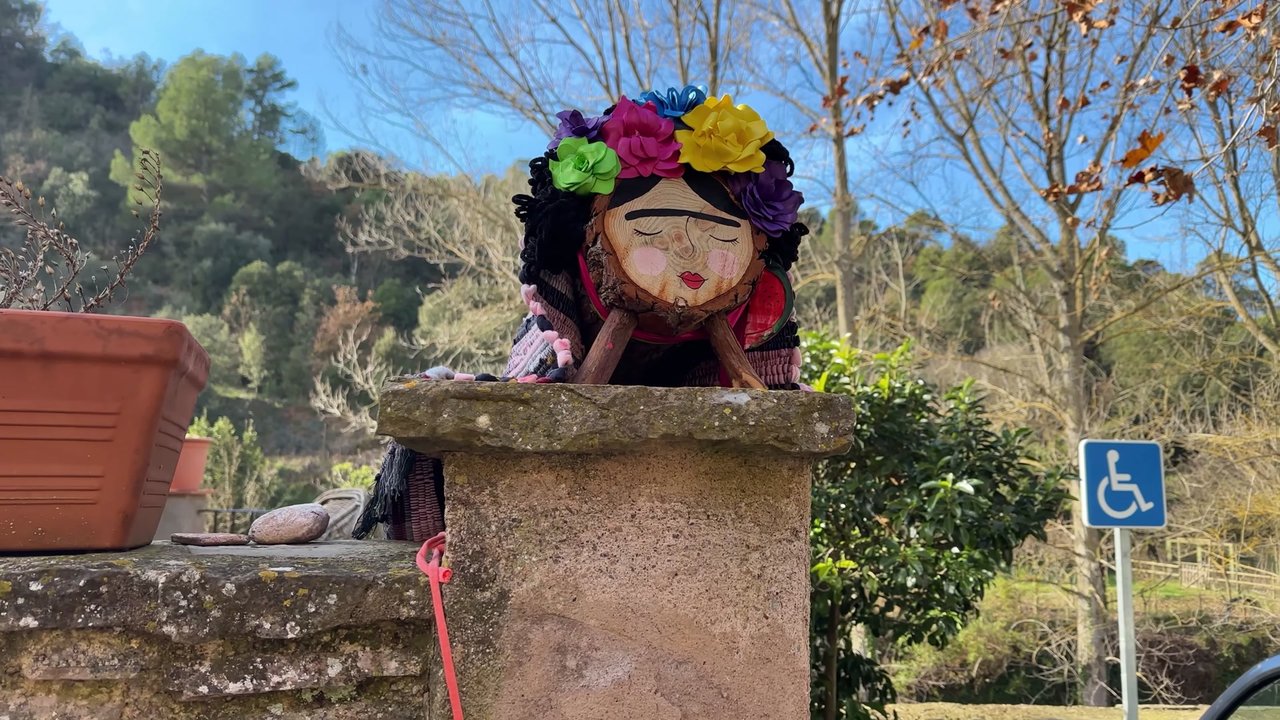
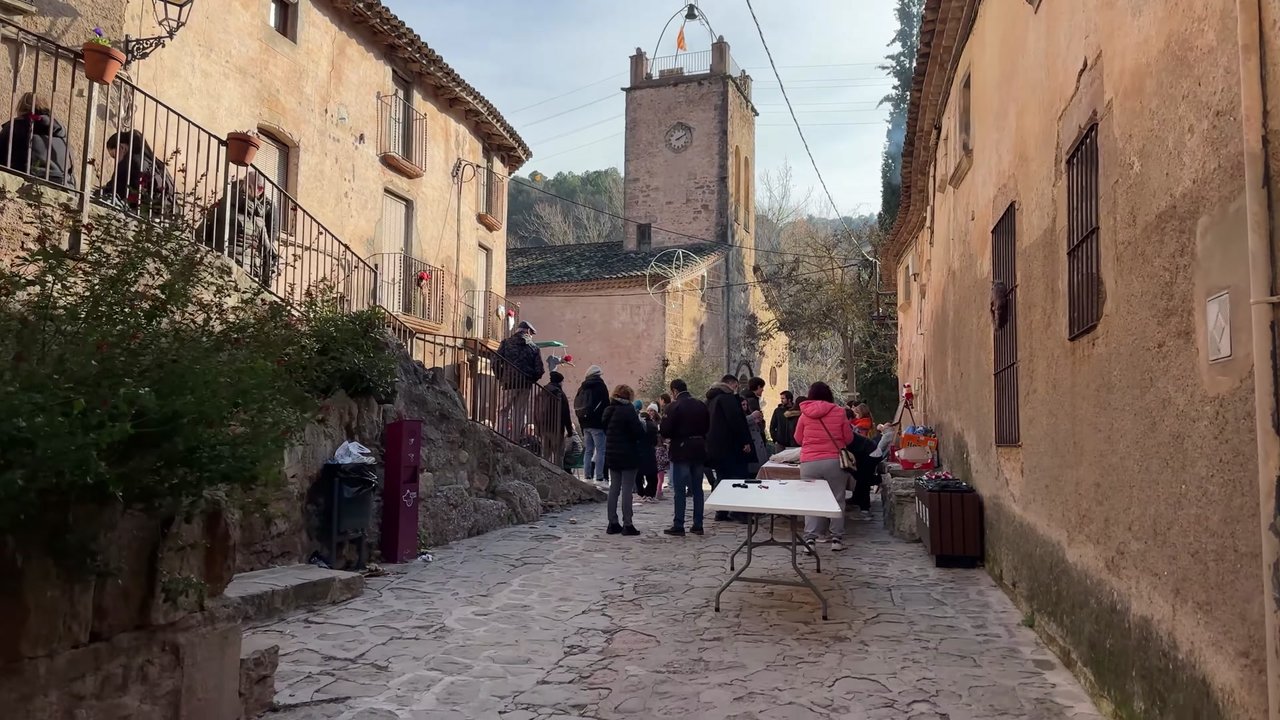
In the village there are workshops where you can create your own Caga Tió figures. For example, with a tree log, some fabric scraps and a bit of imagination, you can make your own figure. These workshops are usually offered for about 5 Euros. The village also hosts performances by local musicians.
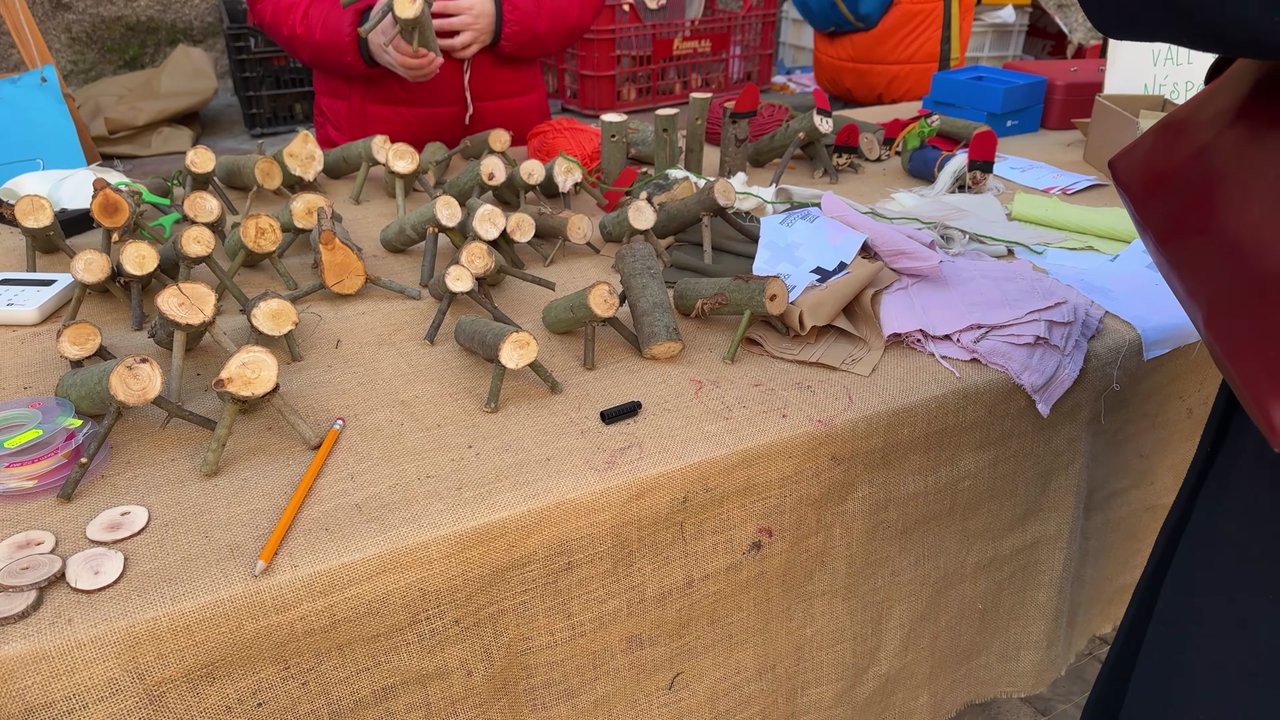
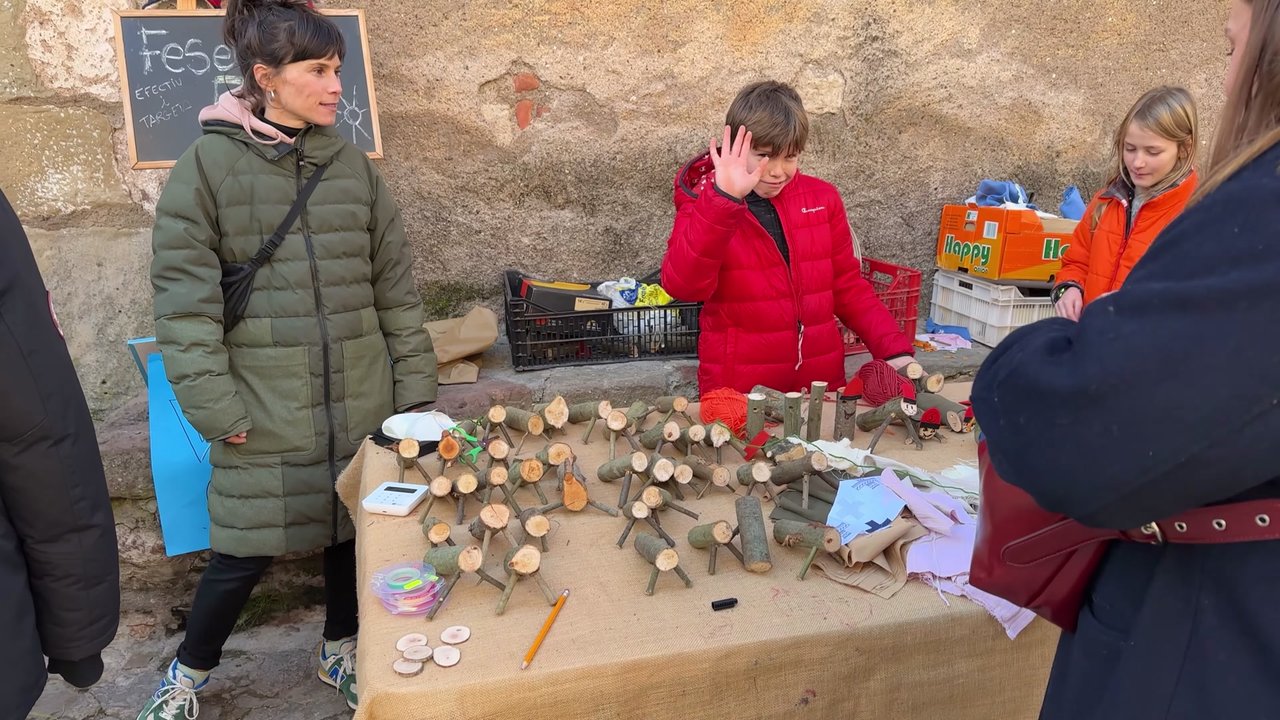
Caga Tió is at the heart of Catalan Christmas traditions. These figures are placed in homes at the beginning of December and children feed them with food like tangerines and candies. On December 25th children sing a song and hit the Caga Tió with sticks and the figure produces gifts for them. It’s a very interesting tradition that is unique to Catalonia.
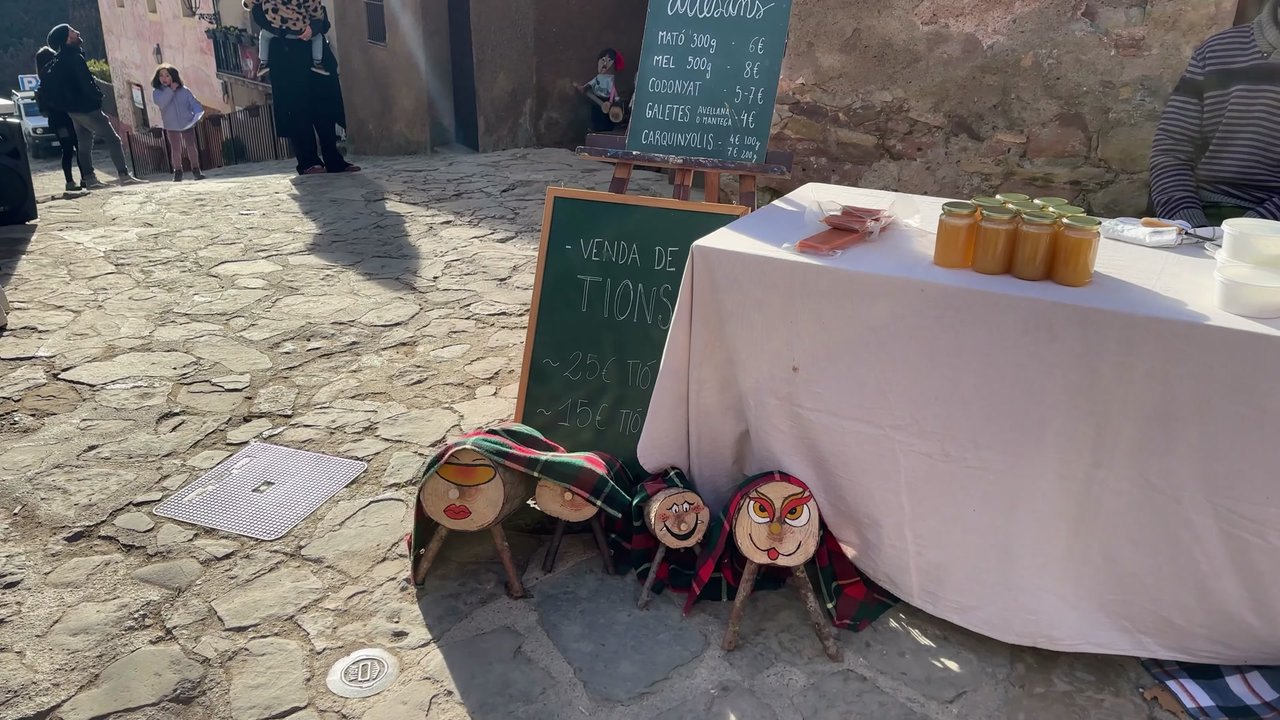
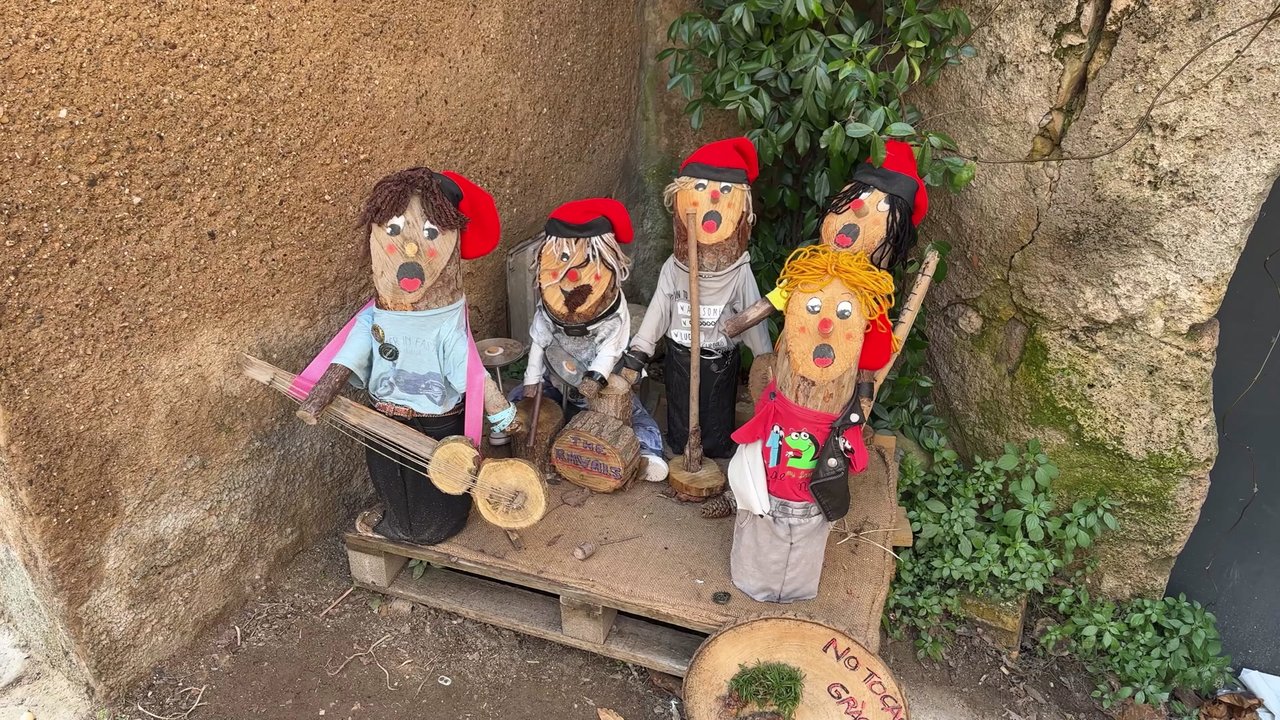
When we arrived it was December 22nd, which is an important day in Spain: the Christmas Lottery draw. Almost every Spaniard participates in this draw and tickets are sold for 20 Euros, though this only represents one-tenth of a full ticket. A full ticket costs 200 Euros, so the organizers have come up with this solution. People ask their friends in different regions to buy tickets for them and they send them by mail.
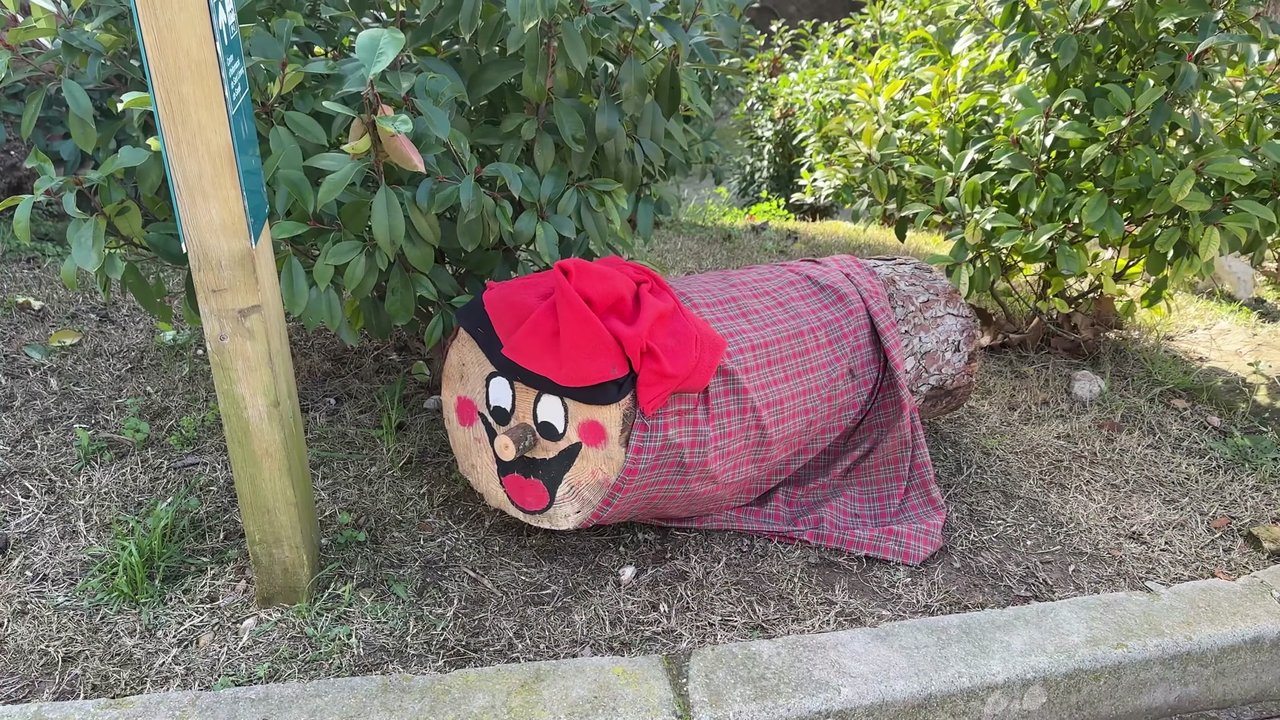
In the village people don’t just display Caga Tió figures. They also create various scenes with them. For example, you might find a Caga Tió figure sitting at a table on a balcony, surrounded by glasses and plates, creating a dining table scene.

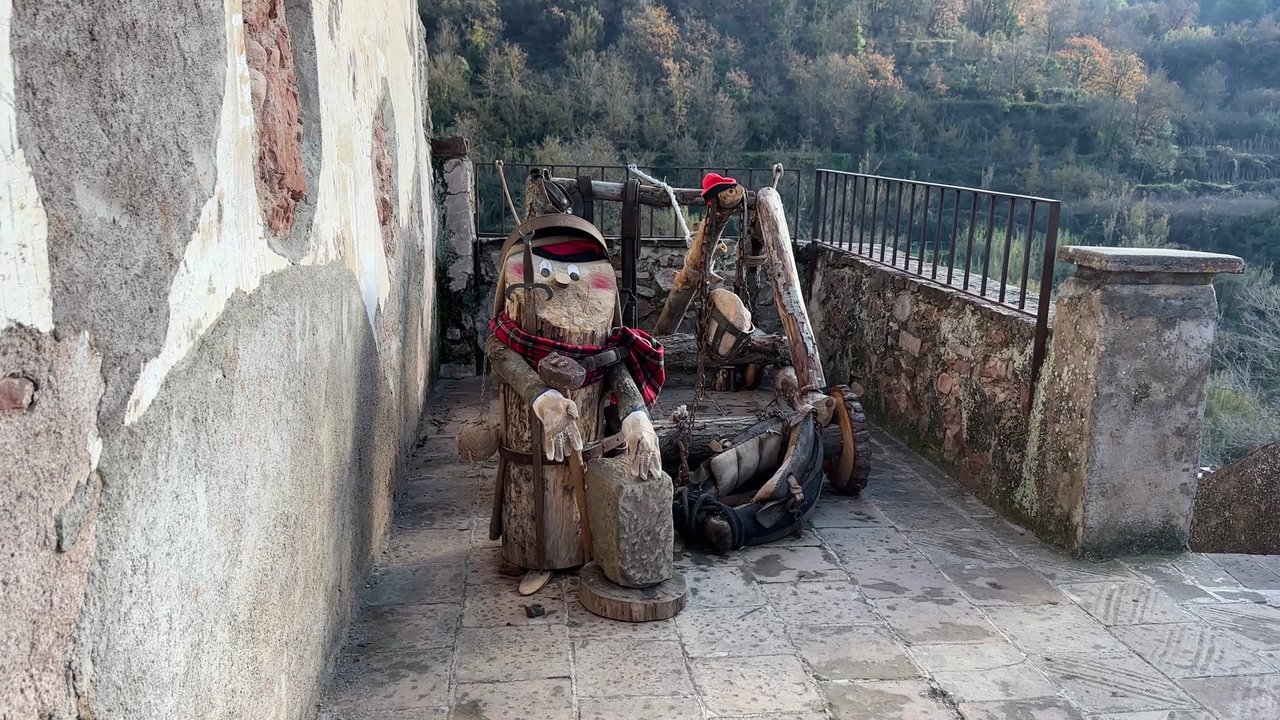
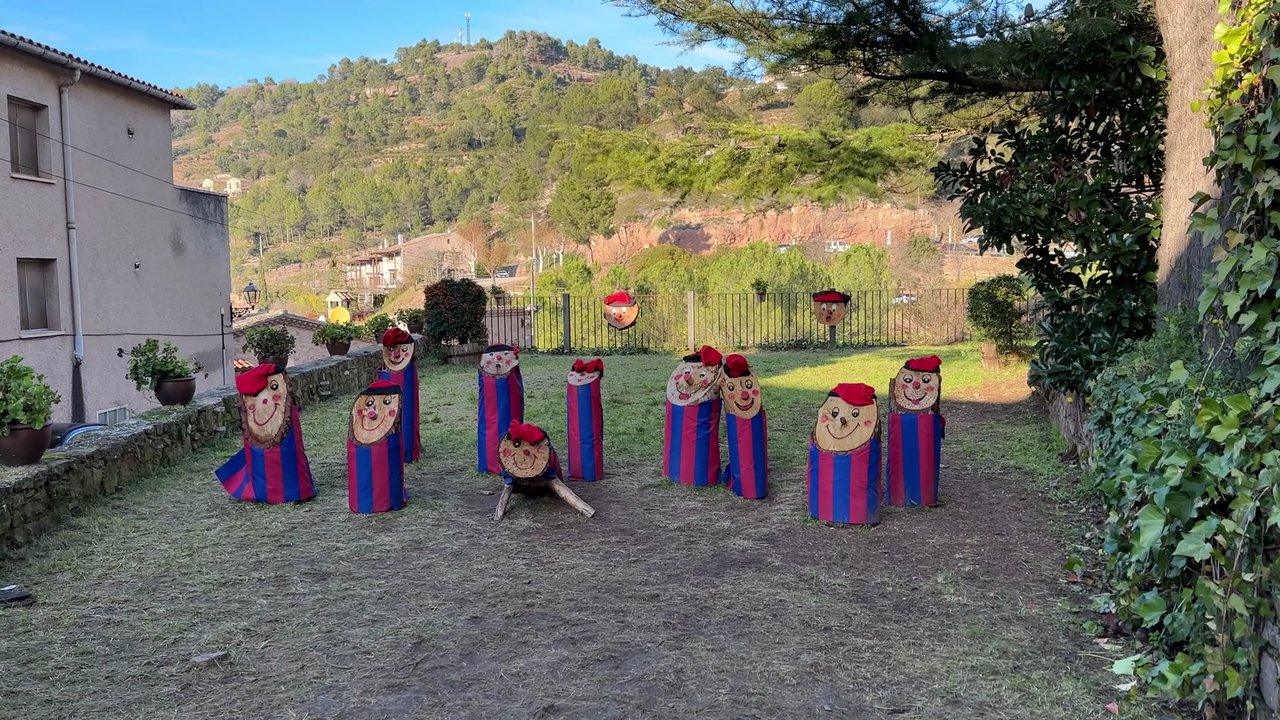
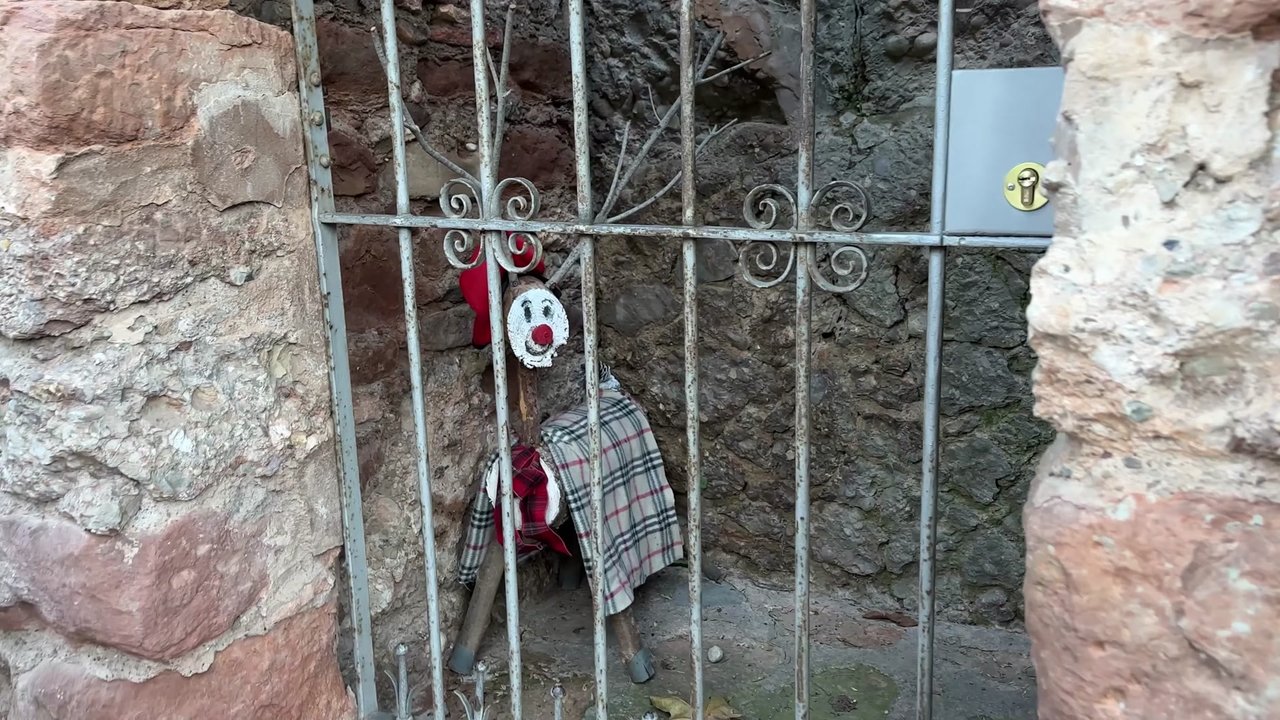
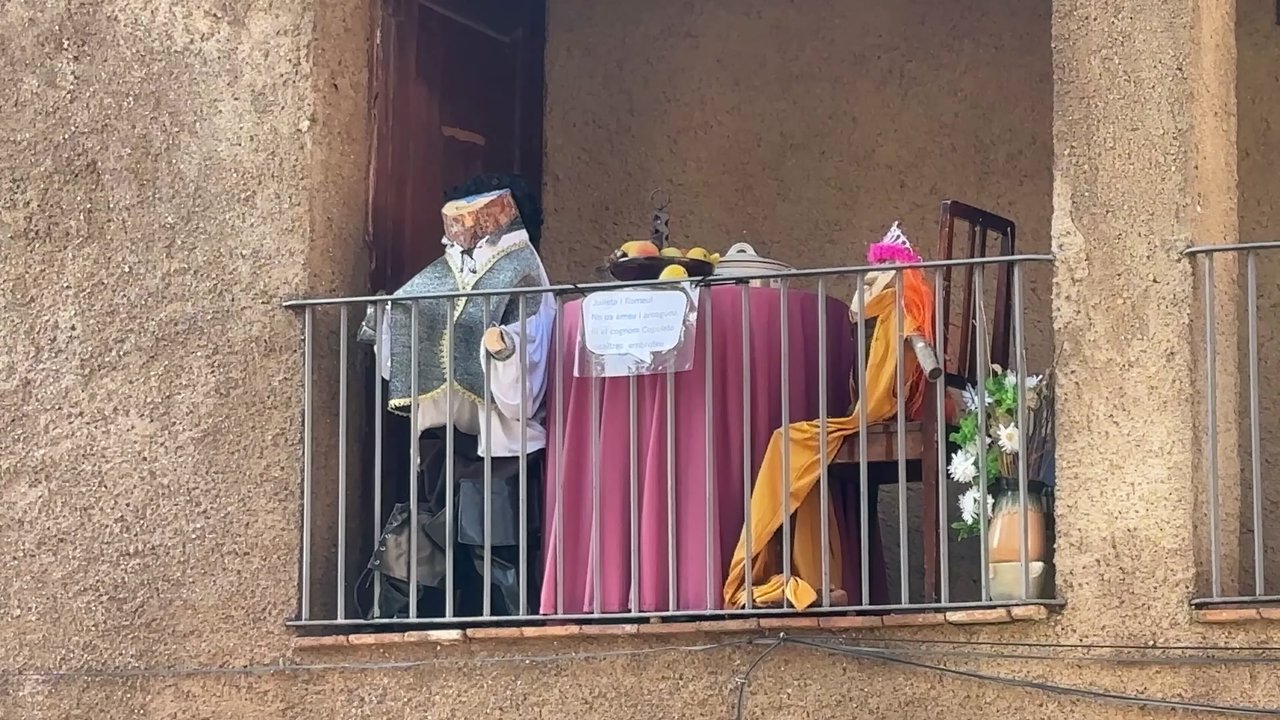
The village is bustling with activity throughout the festival. Finding parking is even quite challenging. But it's definitely worth it to experience these unique traditions. Today, parking has even become paid. They charge 3 Euros to park near the city entrance.
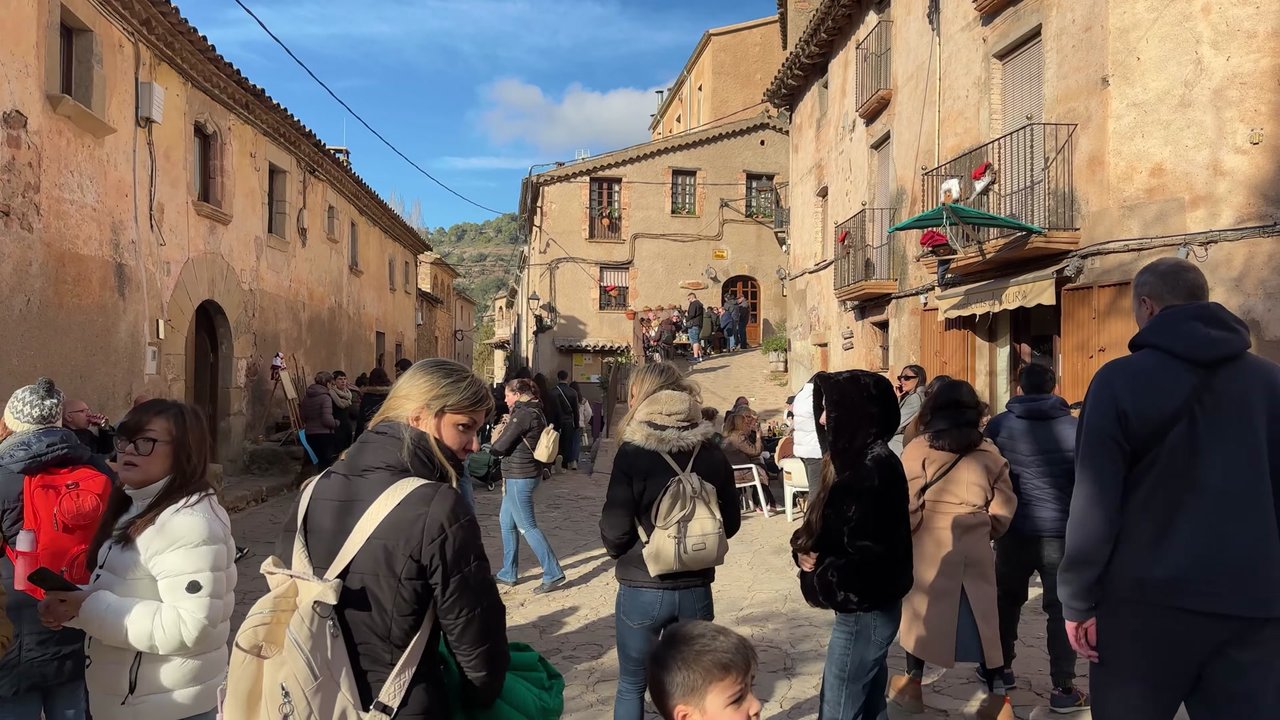
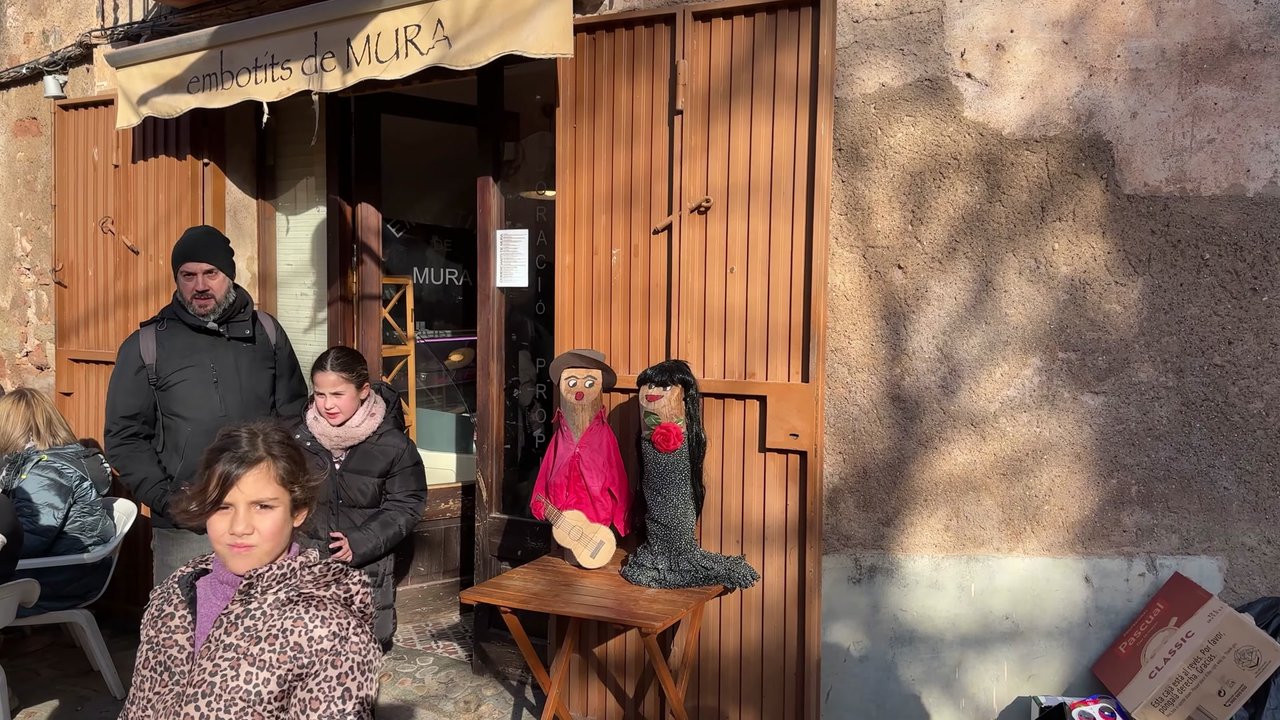
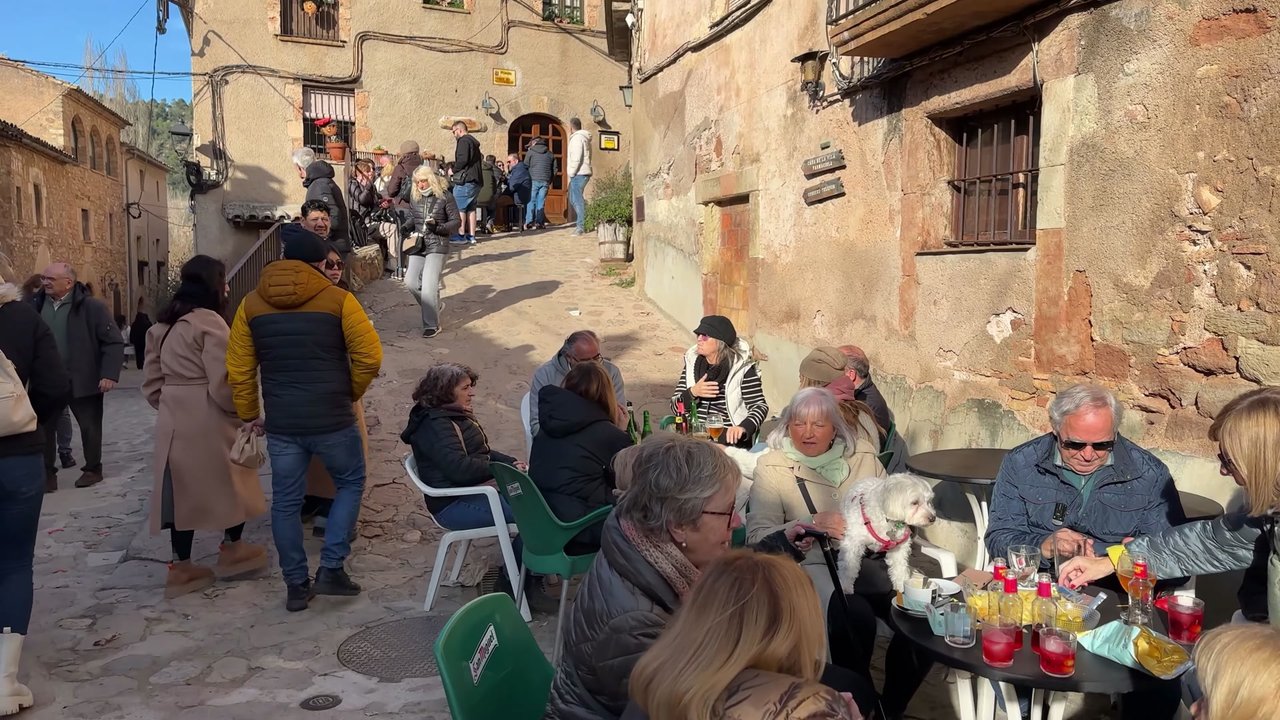
In front of every store and restaurant, you can spot figures dressed in different costumes. For instance, there’s a wizard reading a book and we saw a music school with drawings of notes. The figure next to it might be a teacher, explaining something to someone. Perhaps it's a Christmas choir. On a rock, there’s a Belén (Nativity Scene) set up on different levels and balconies. Of course, there’s a Caganer here too. Other Belén characters are also present.
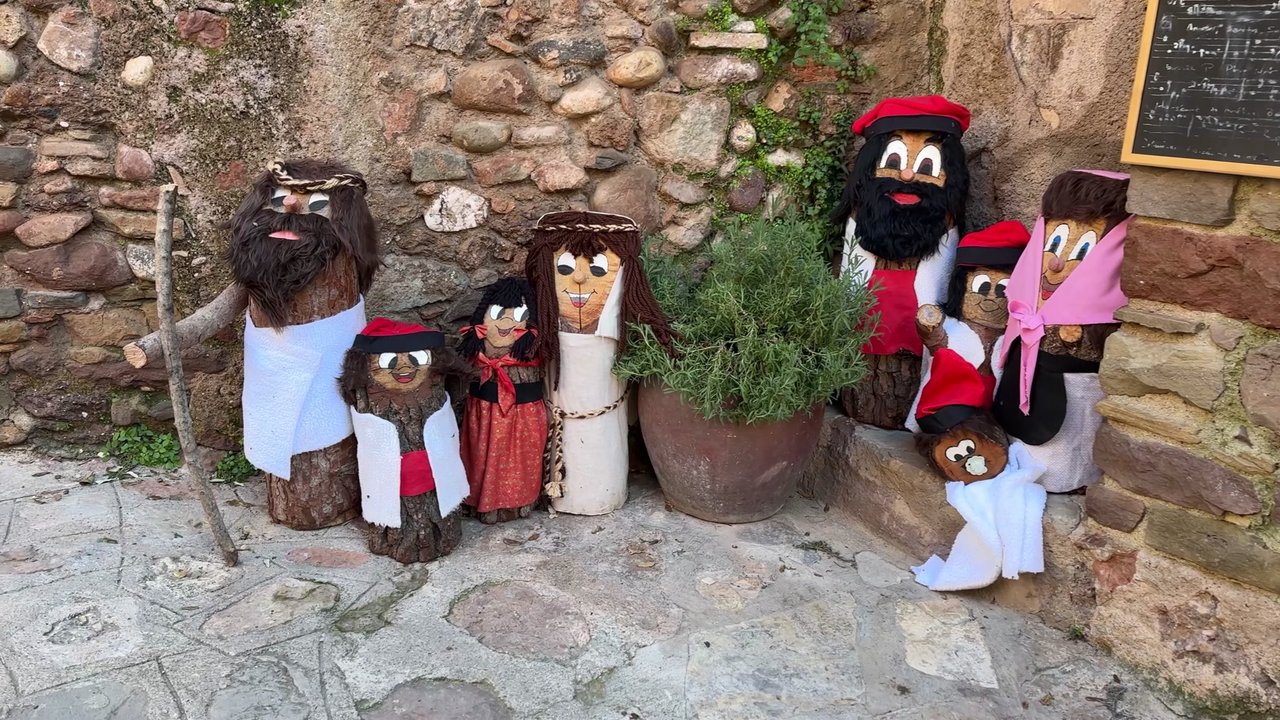
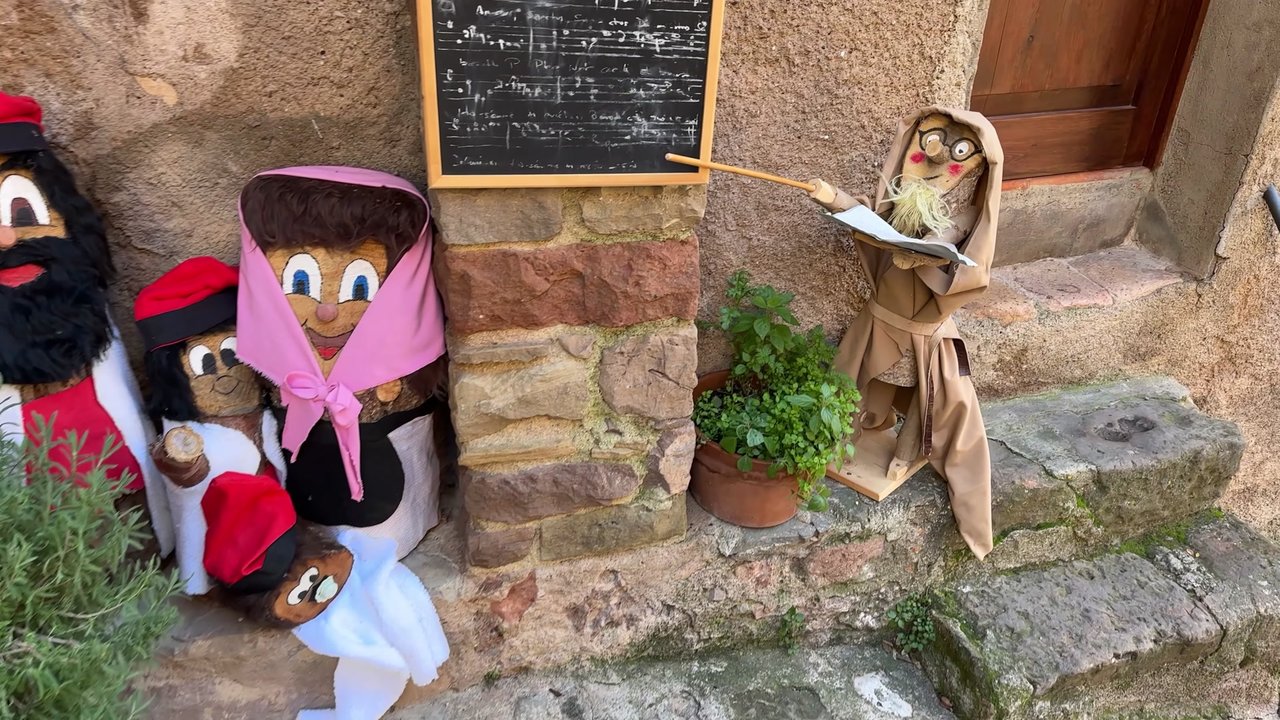
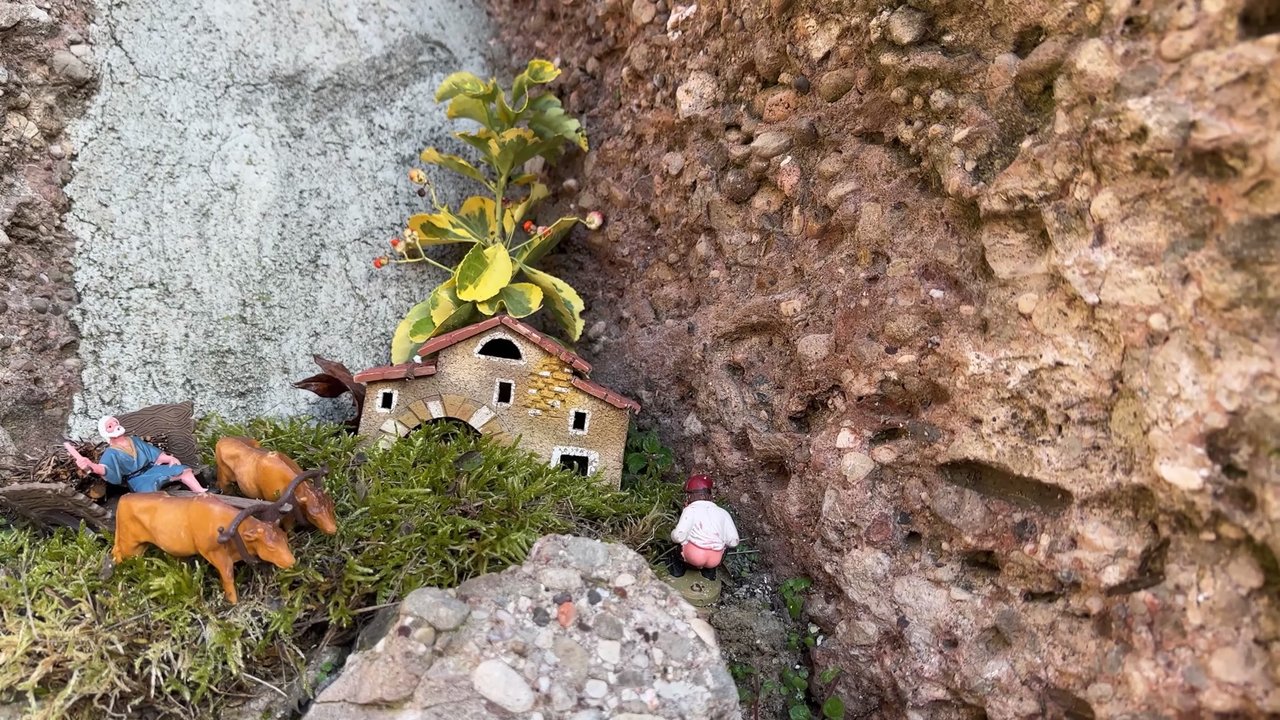

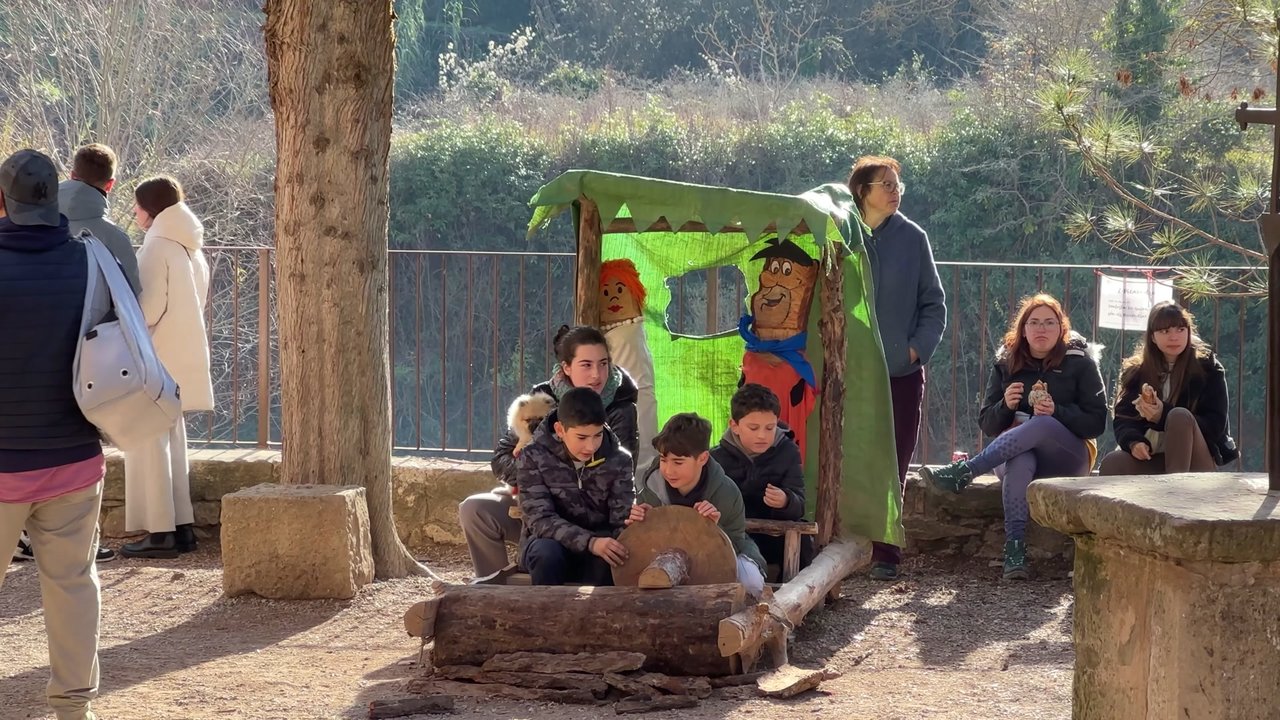
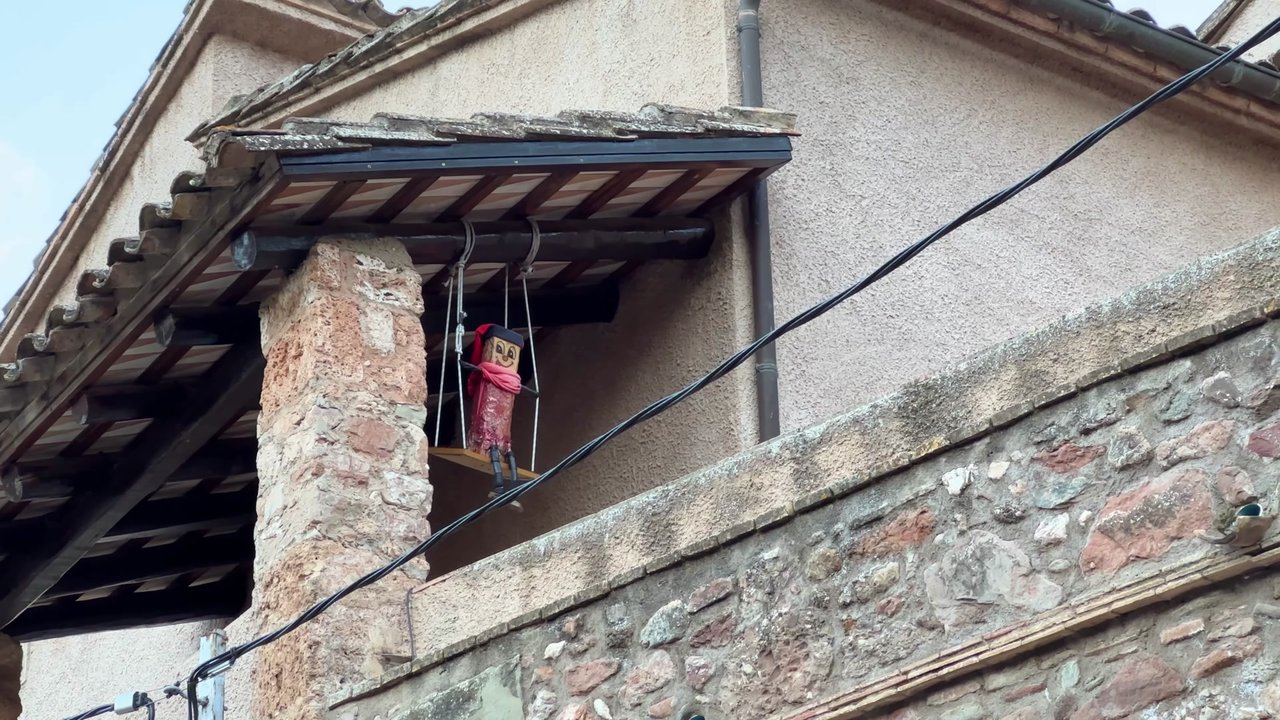
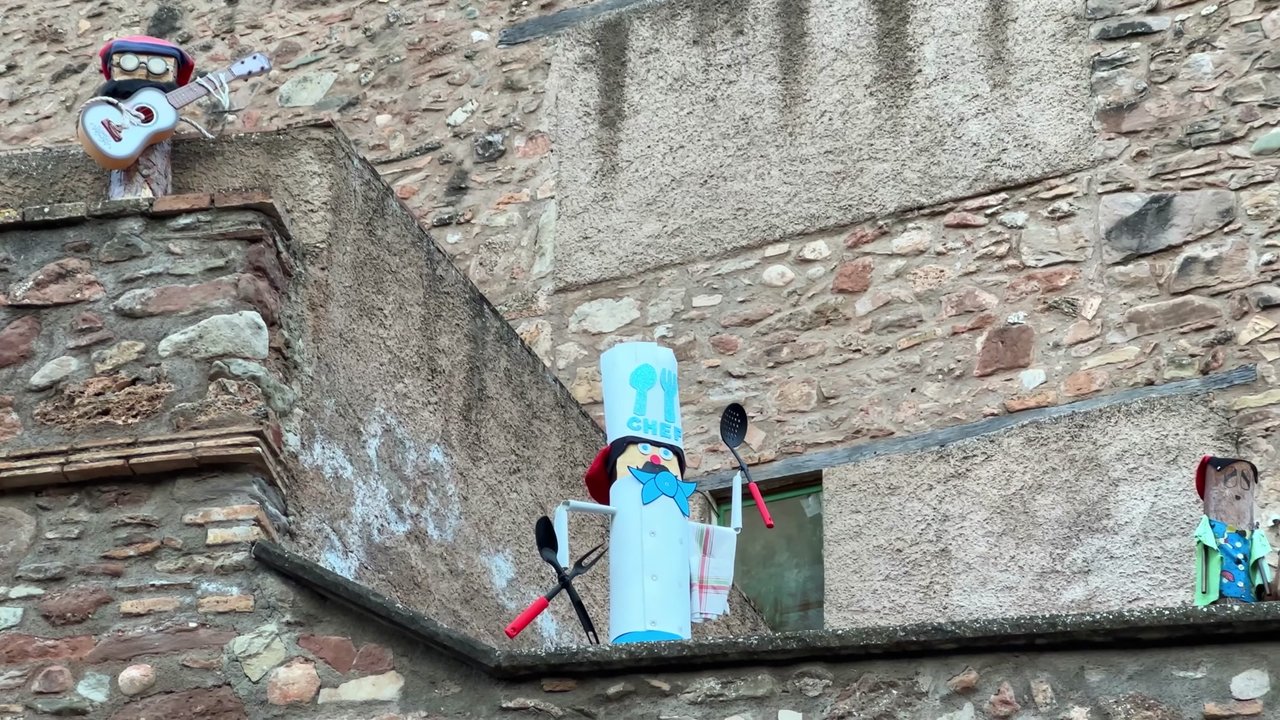
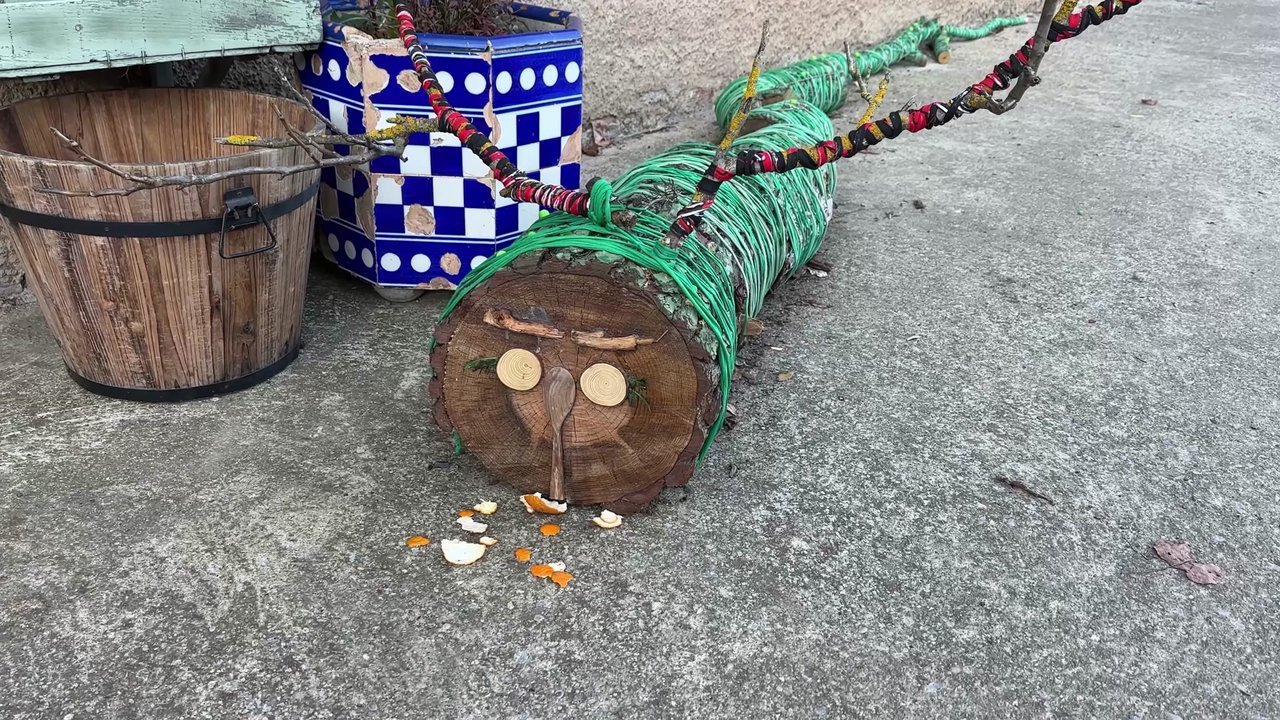
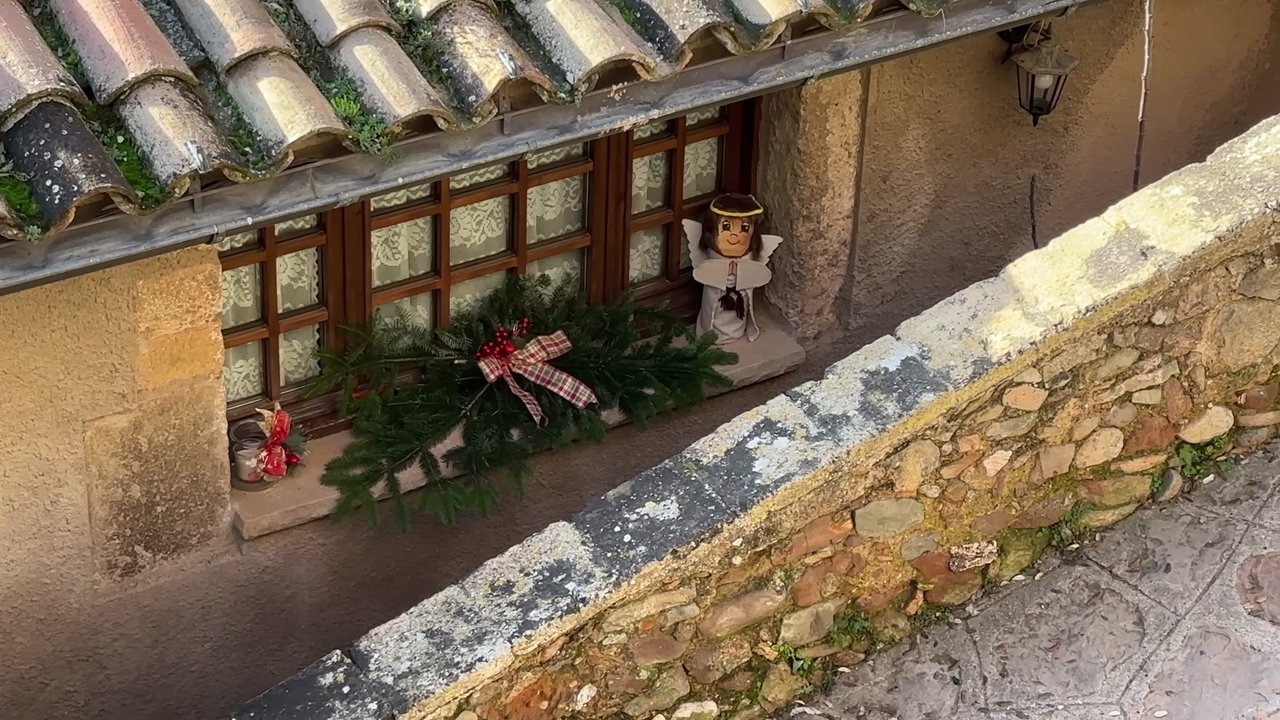
This is a tiny place. Not even really a town, but a village with fewer than 500 people living here. However, for many Catalans who visit this village every December, it’s like a pilgrimage. The Fiesta Caga Tió festival takes place here every year. You can really see how immersed everyone is in the celebration and how excited they are about these wonderful characters.
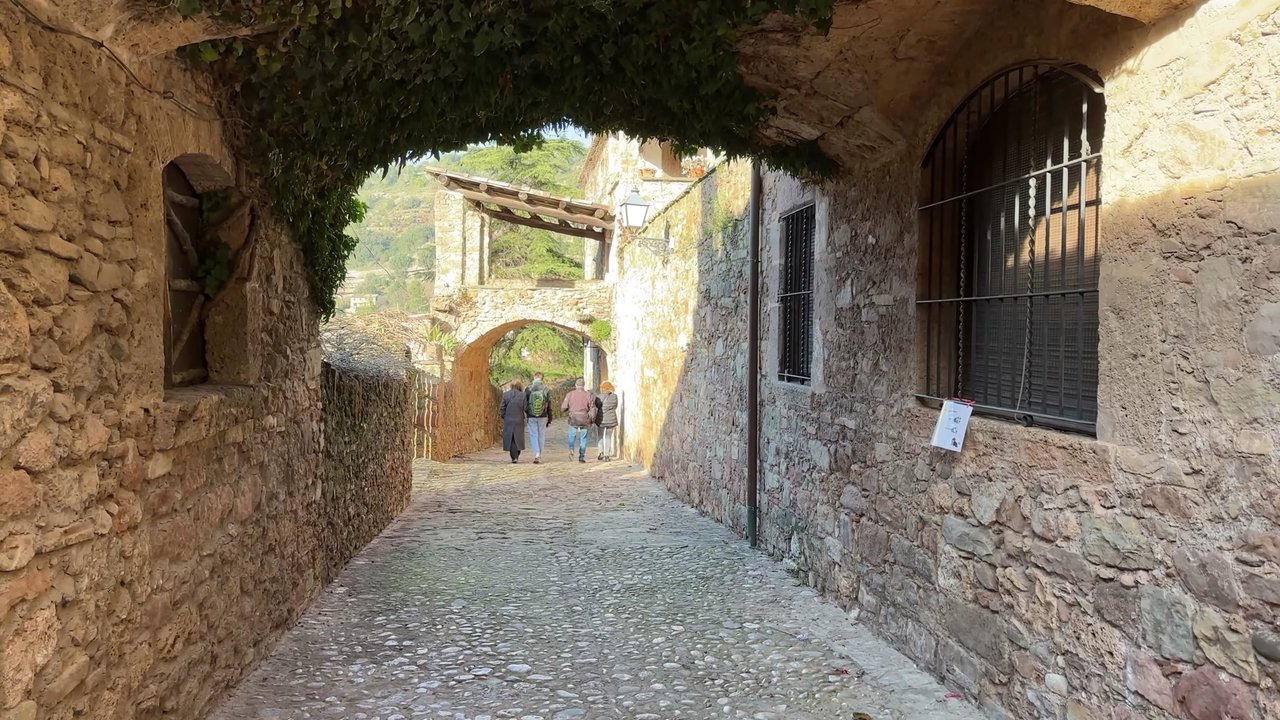
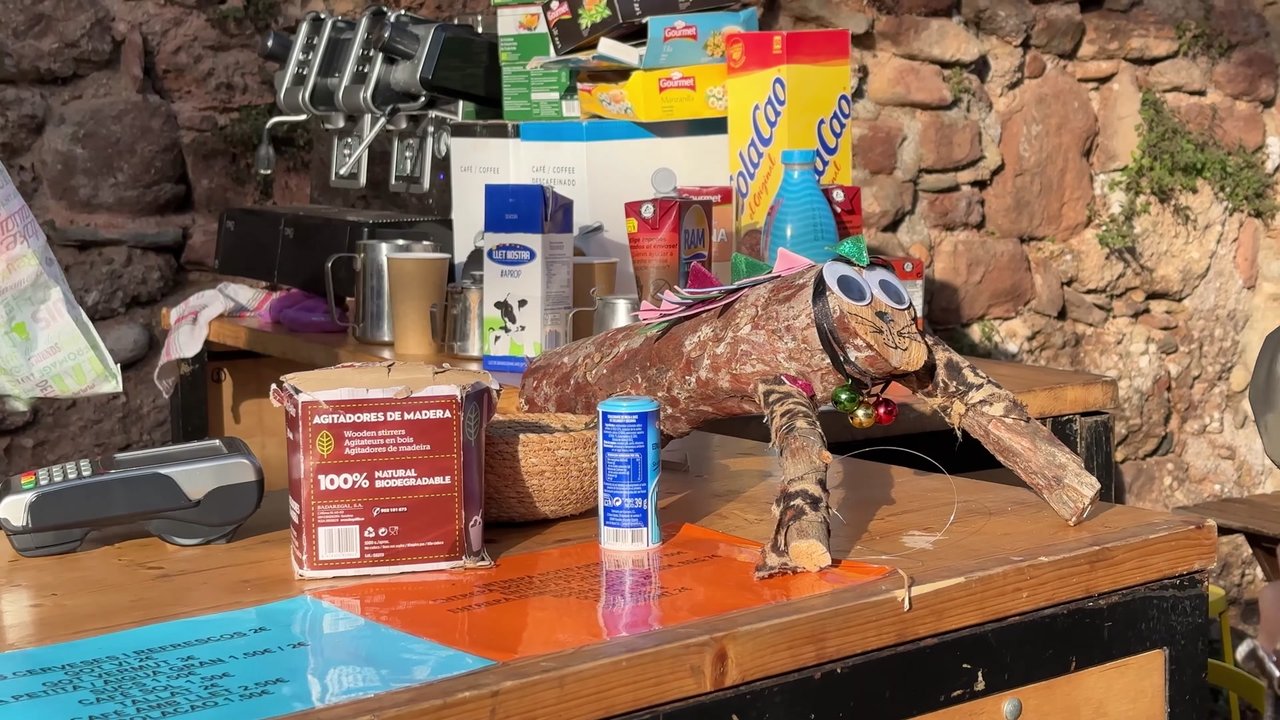
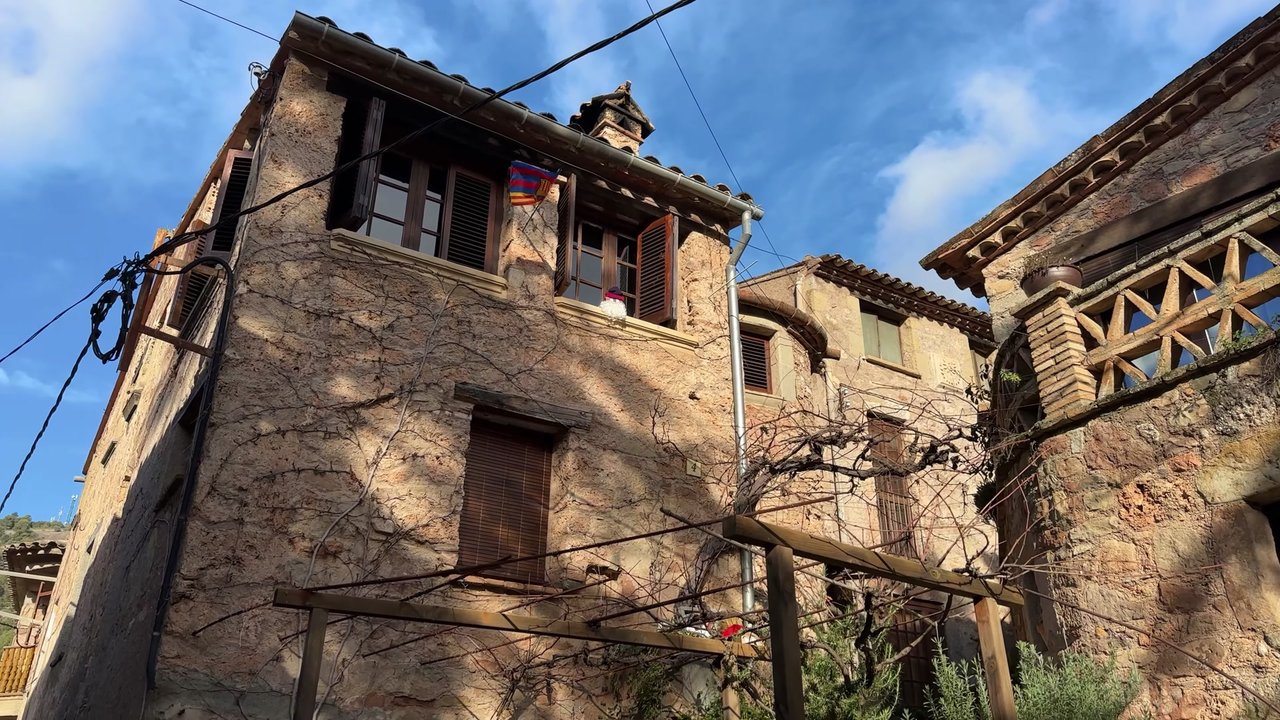
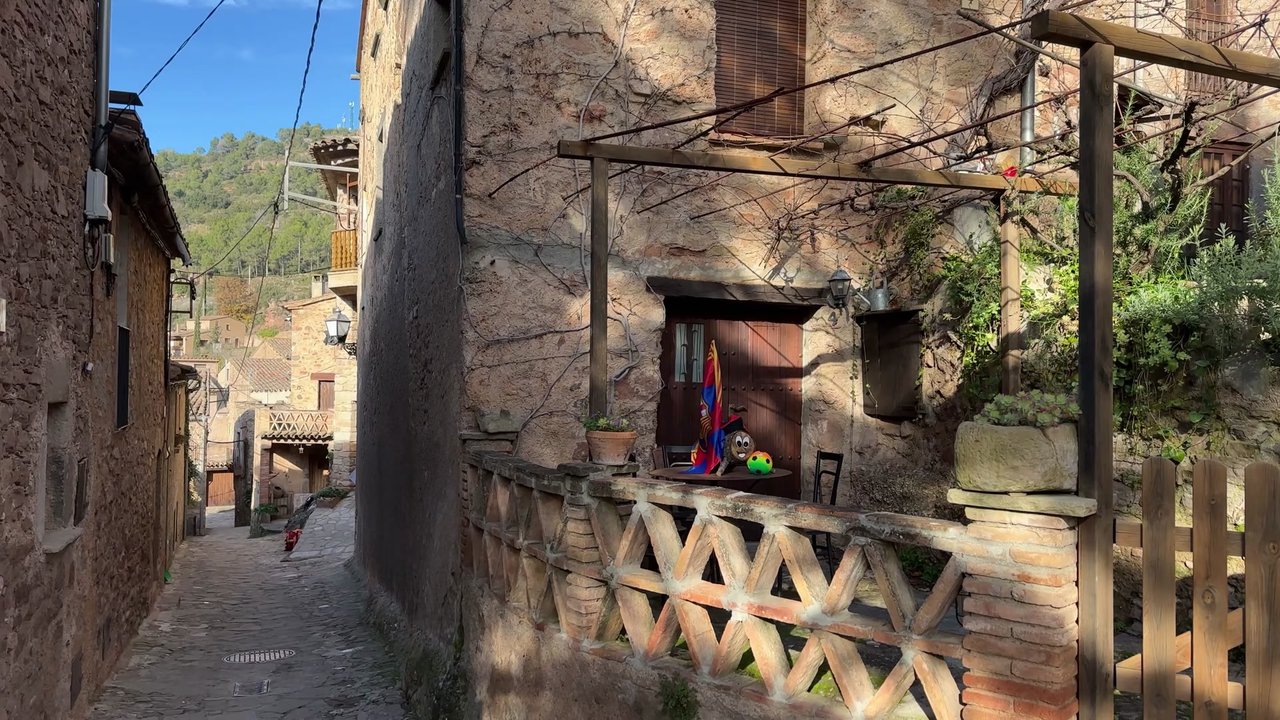
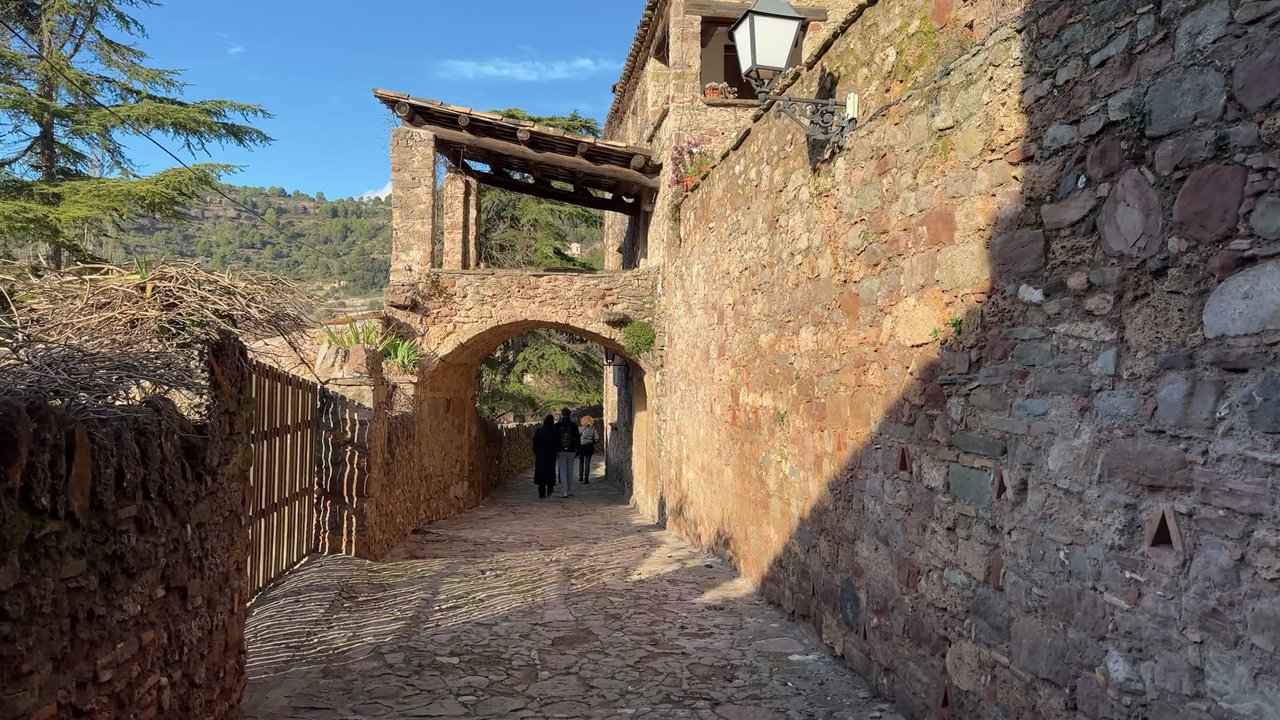
You can spot these figures in every window, they’re everywhere. For example, there’s a figure holding a cup, representing the traditional Catalan wine drinking vessel. Another Caganer is a carpenter, holding a saw and another tool, with a cute little mustache. As we continue along our path, we come across another window, where there’s a pig figure wearing a red hat, which is a traditional Catalan hat. This Caganer is shaped like a pig and there’s an acorn placed in front of it for it to eat. Makes sense.
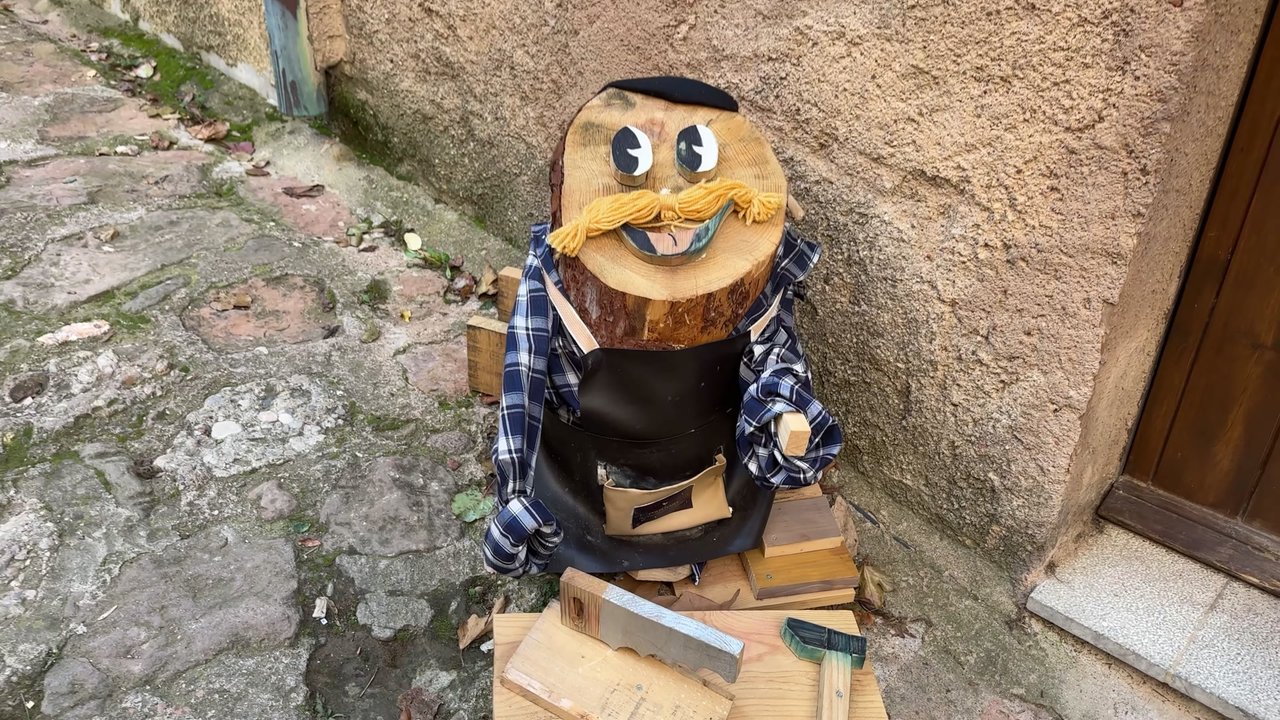
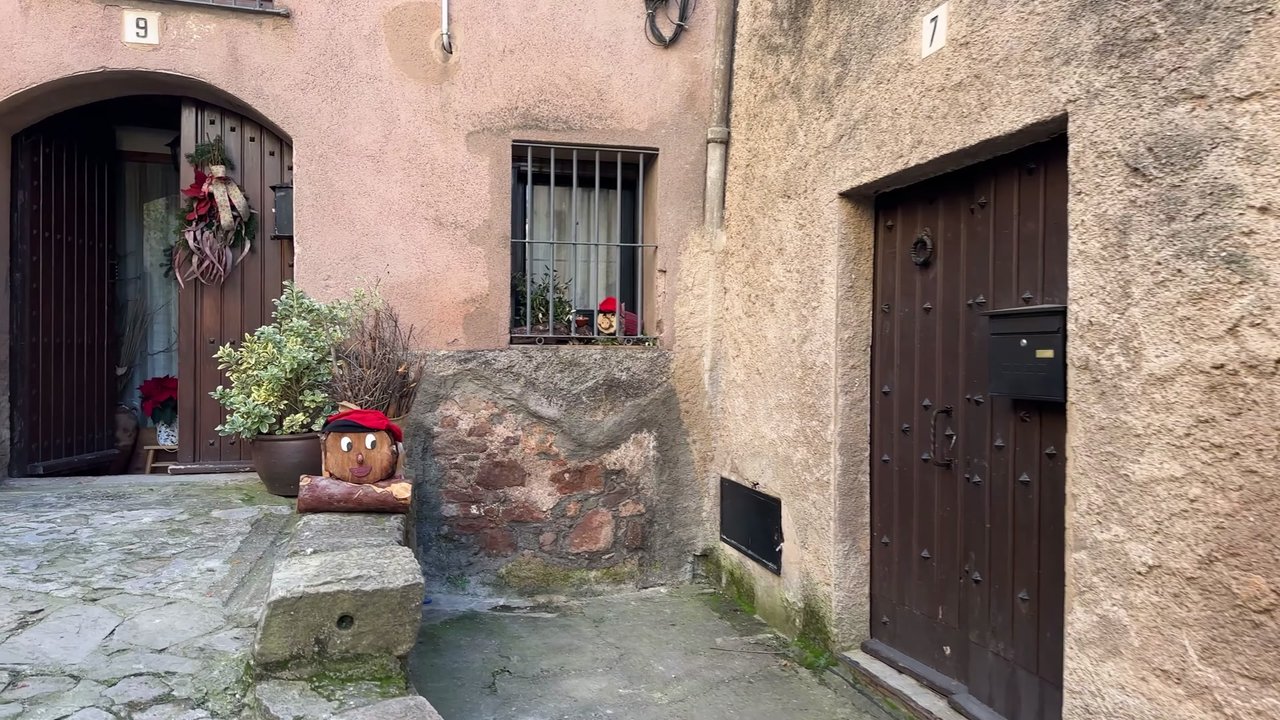
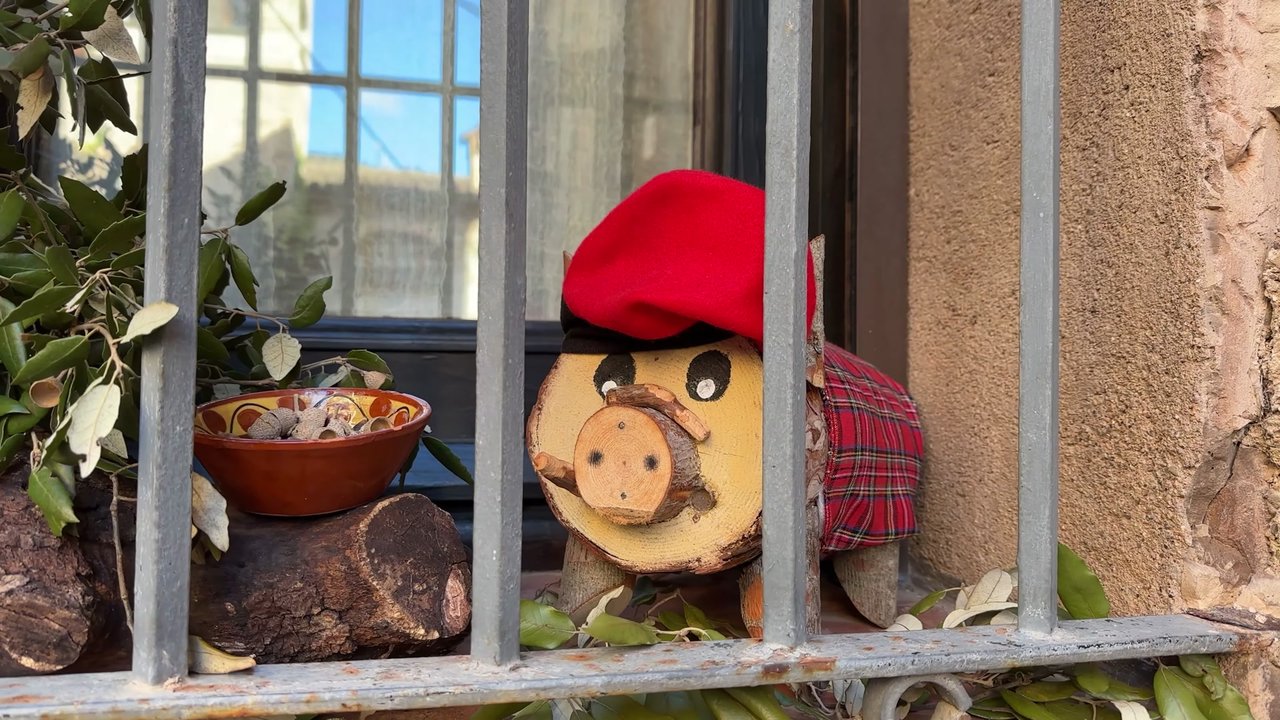
We also saw other Christmas decorations. There was a big bouquet sold at the Christmas market. Another cute figure had a long neck and rabbit ears. Perfect for a photo opportunity. Caganers are almost everywhere in every house.
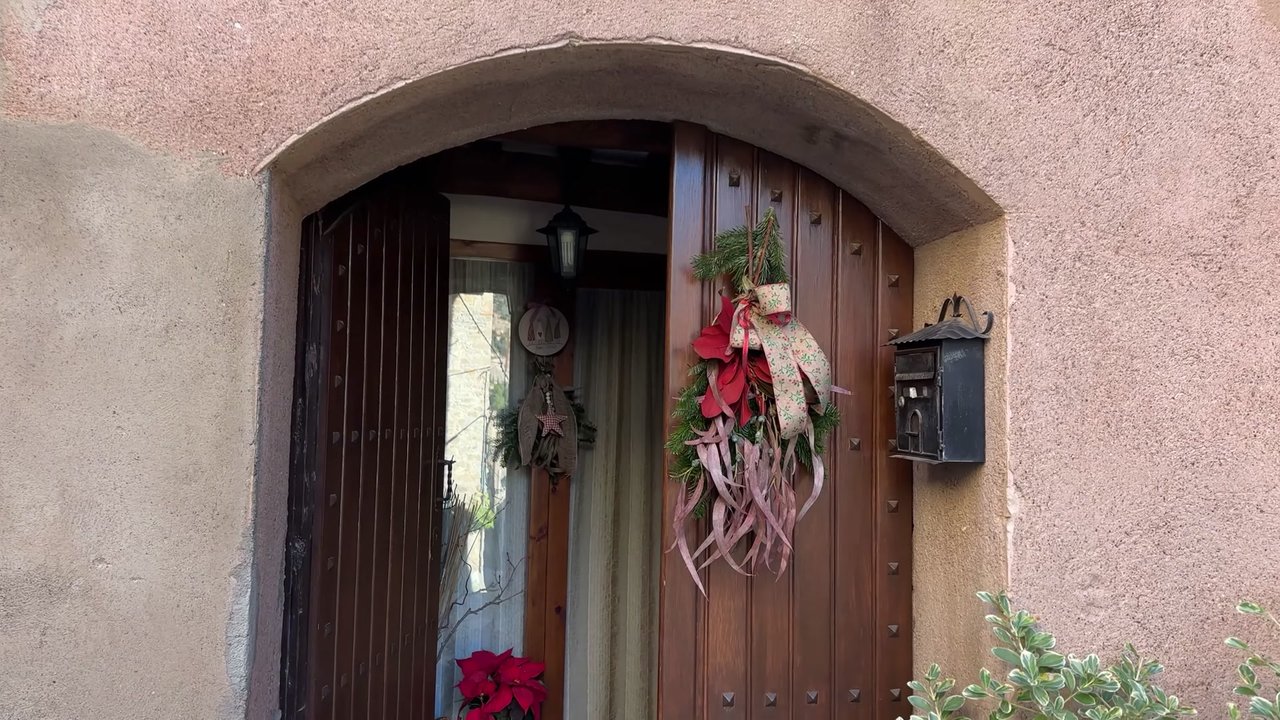
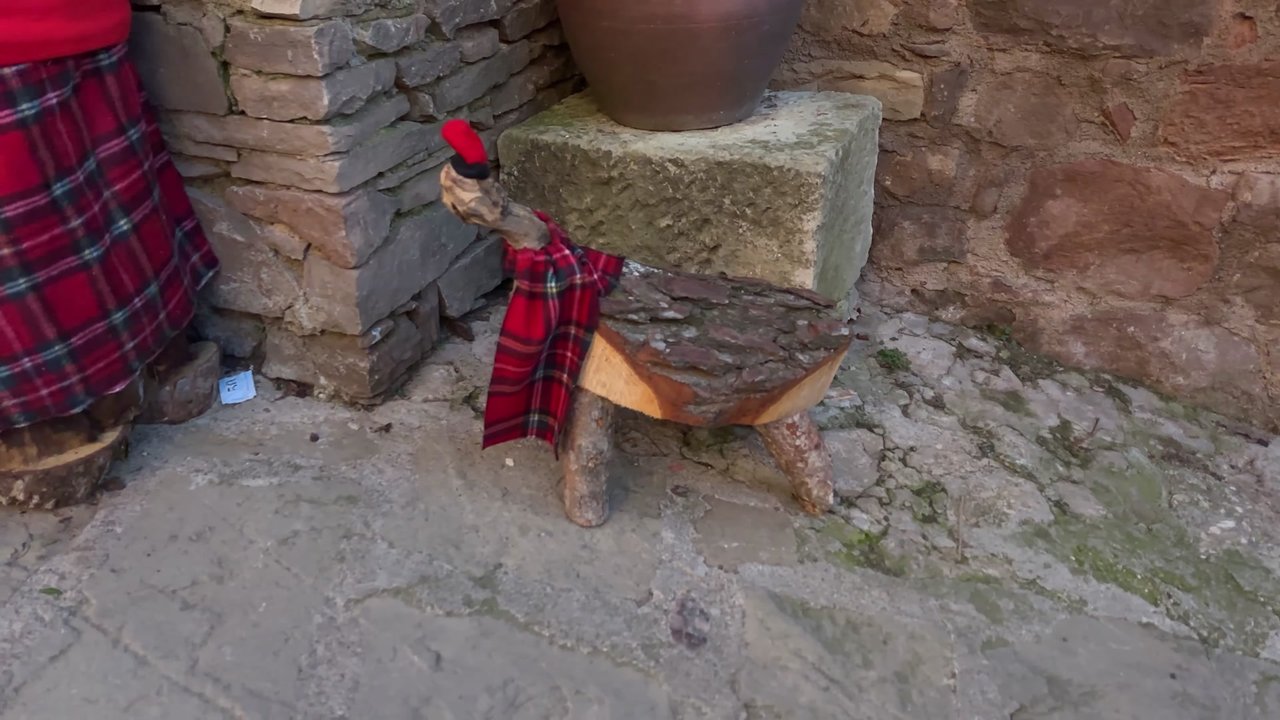


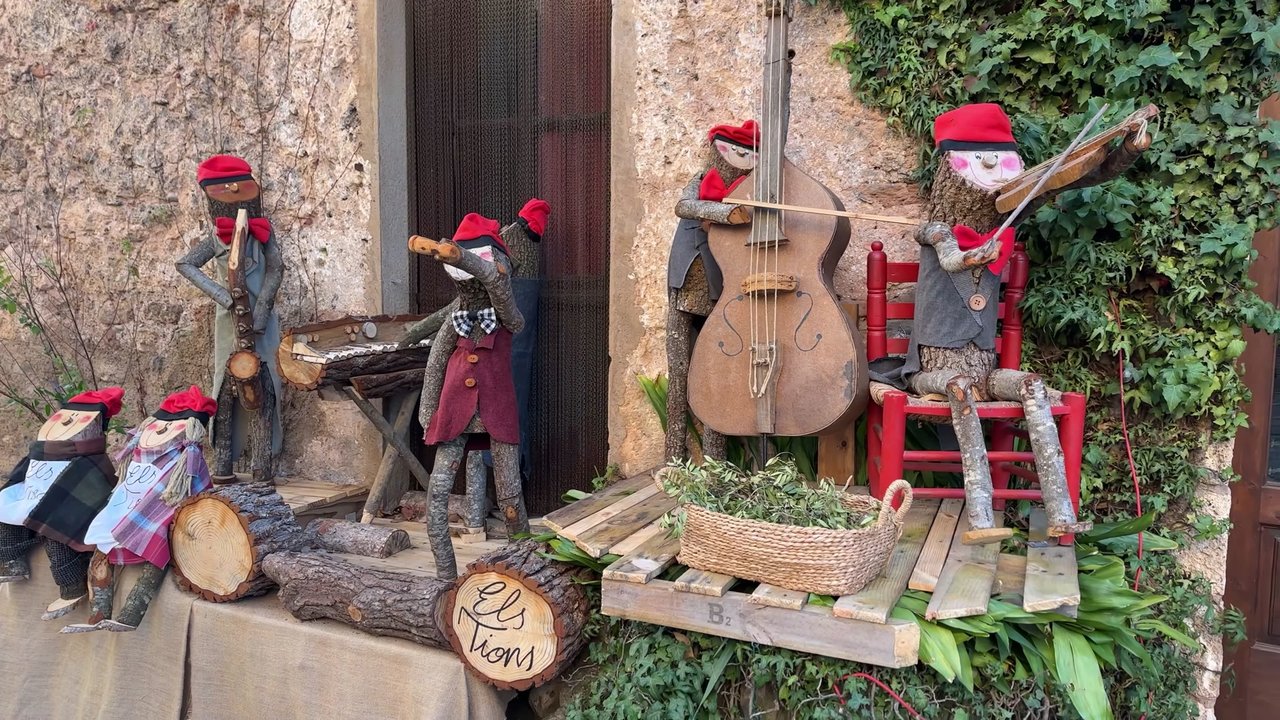
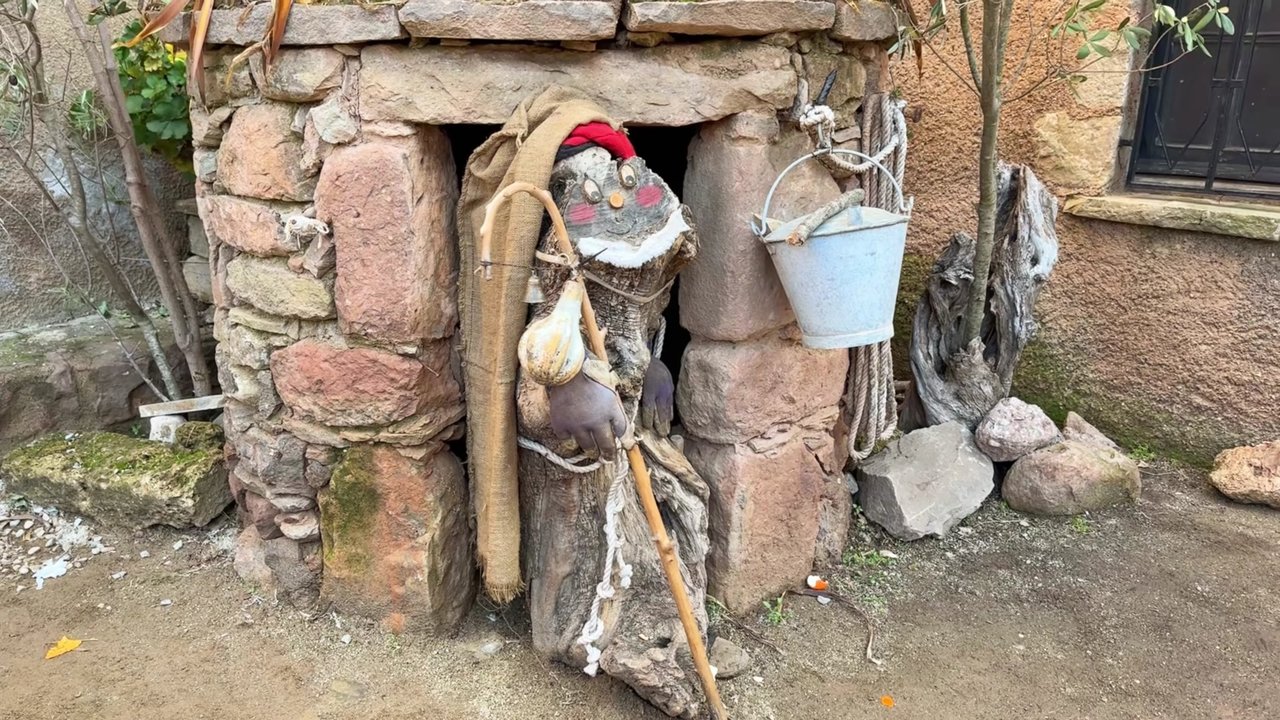
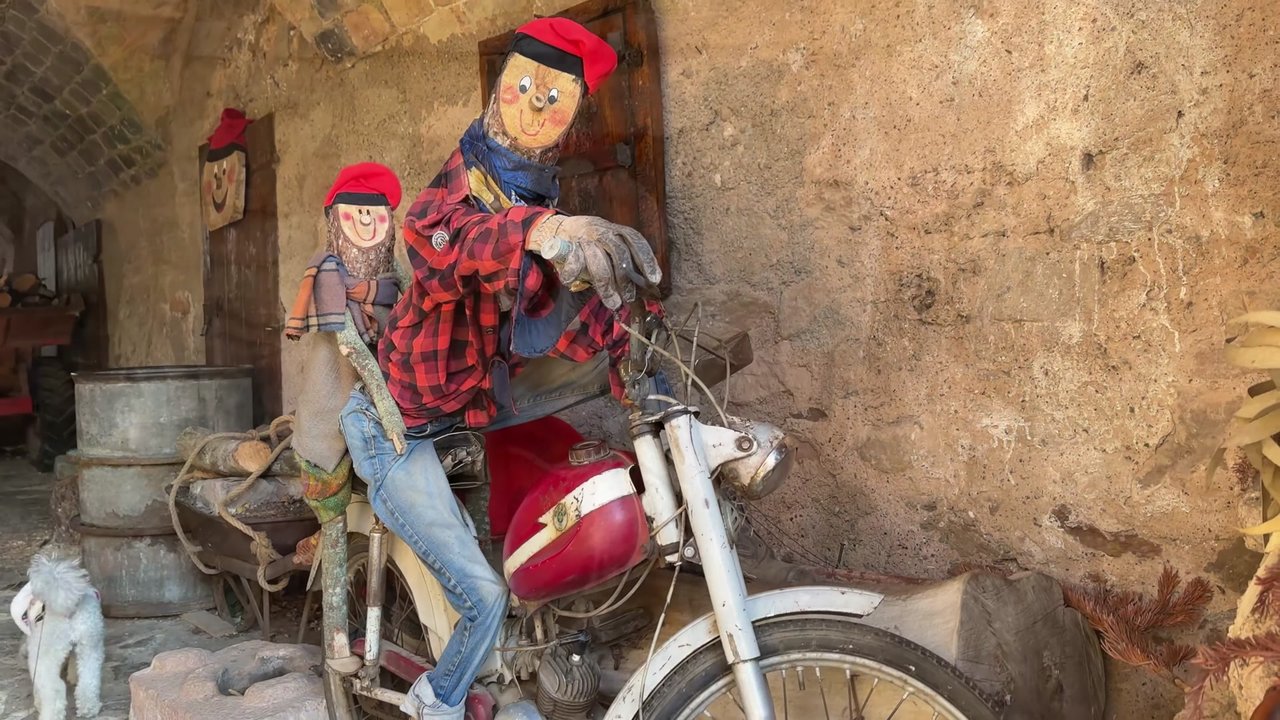
Prices start at 10 Euros and go up depending on the size. For example, a small Caganer costs 10 Euros, a slightly bigger one goes for 35 Euros and an even larger one is sold for 40 Euros. In this village people really use their imaginations to create these scenes.
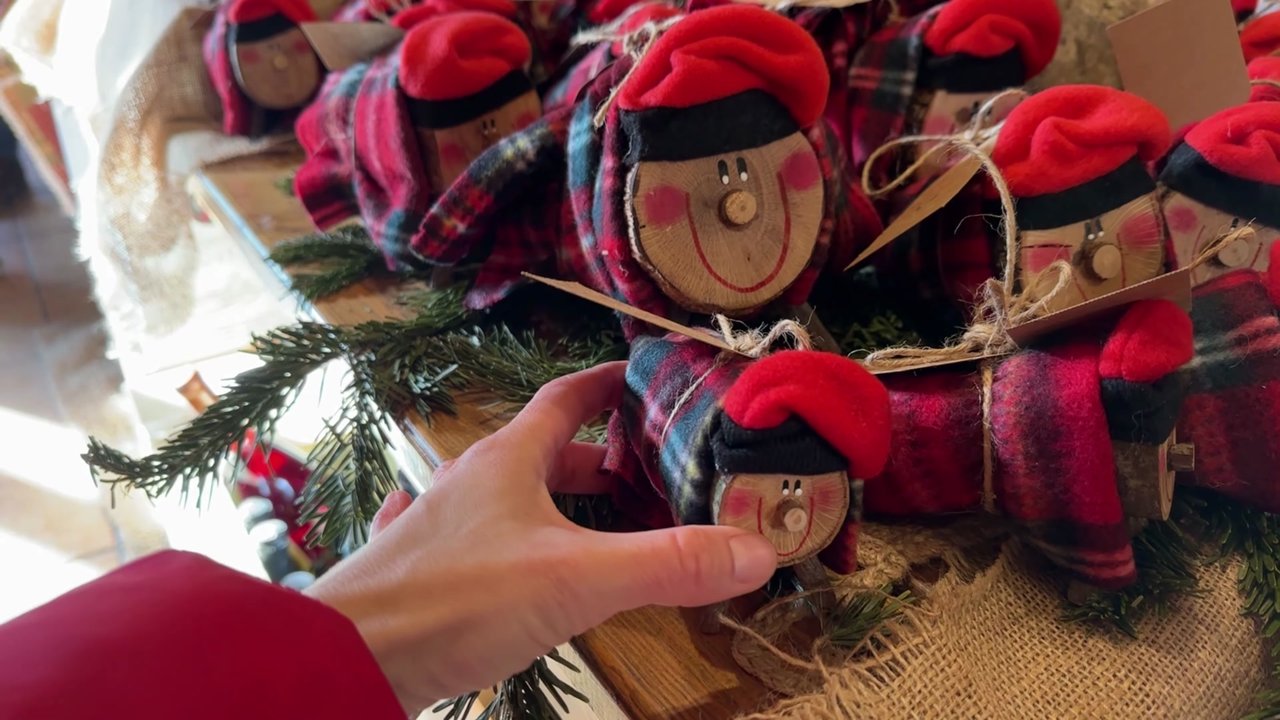

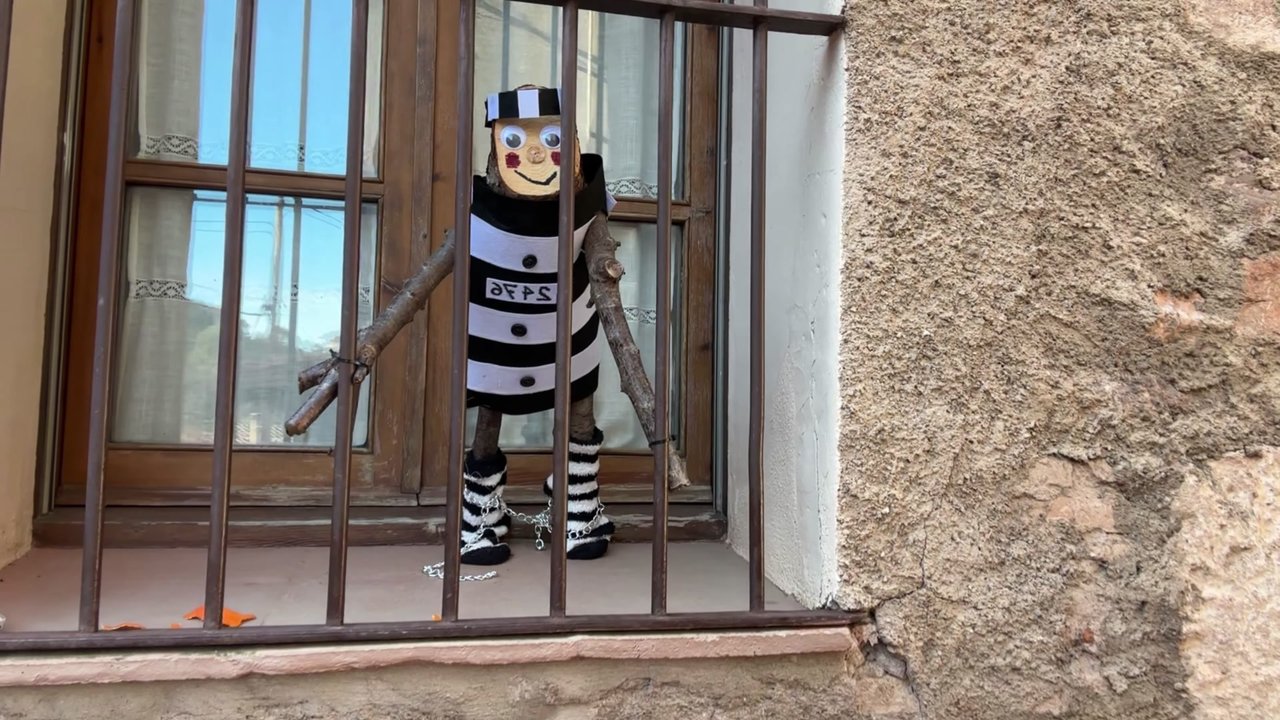
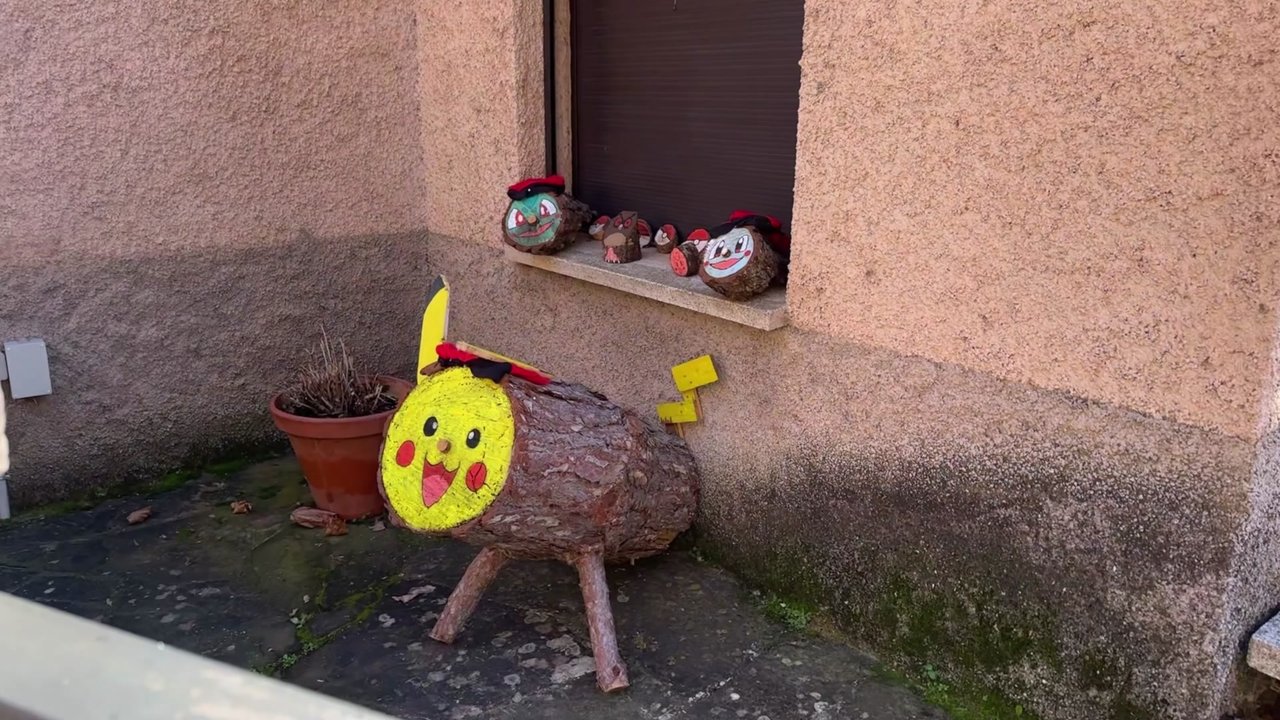
The sun set and it became very cold. Only 3°C, but the humidity was so high that it felt even colder. I had my gloves, hat and four layers of clothing, but I was still freezing. The wind was really cold and uncomfortable. So, it was time to say goodbye to Mura and Caga Tió. Today I shared a little bit about this tradition and character with you. I hope you enjoyed it. Sending hugs to all of you.
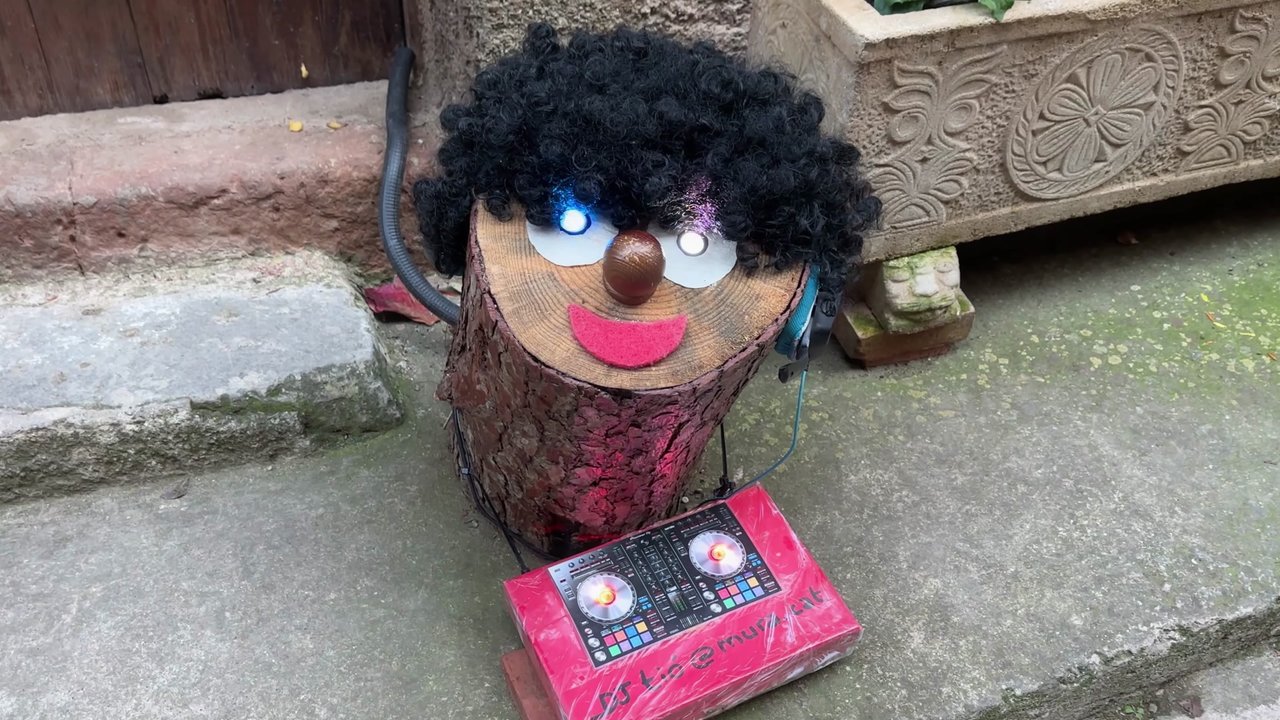
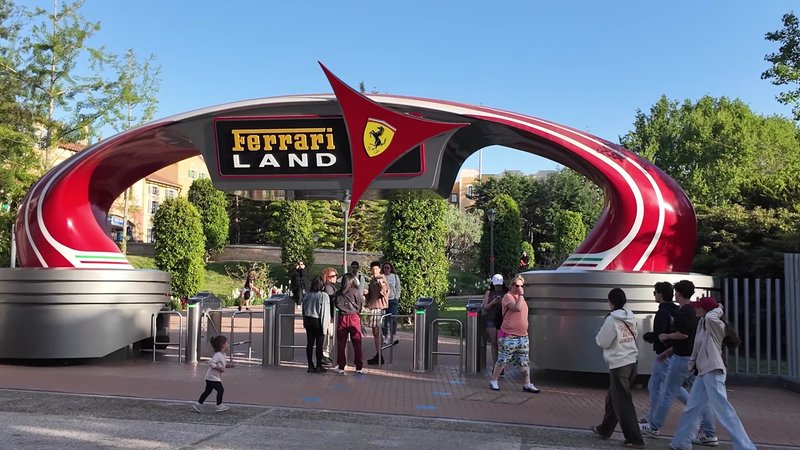
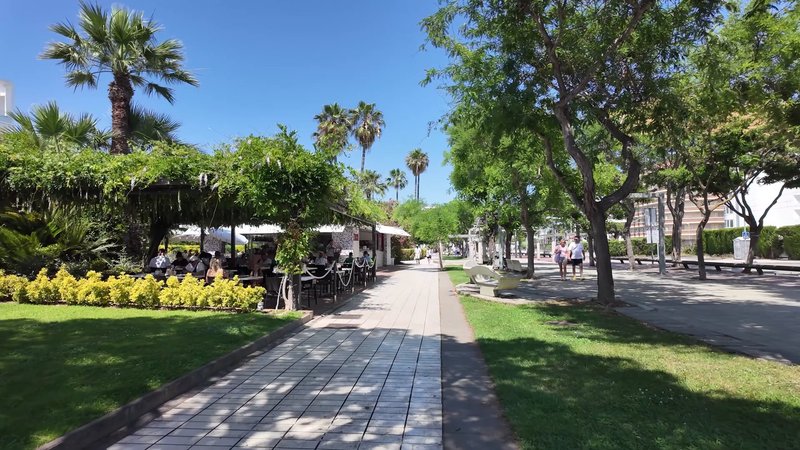
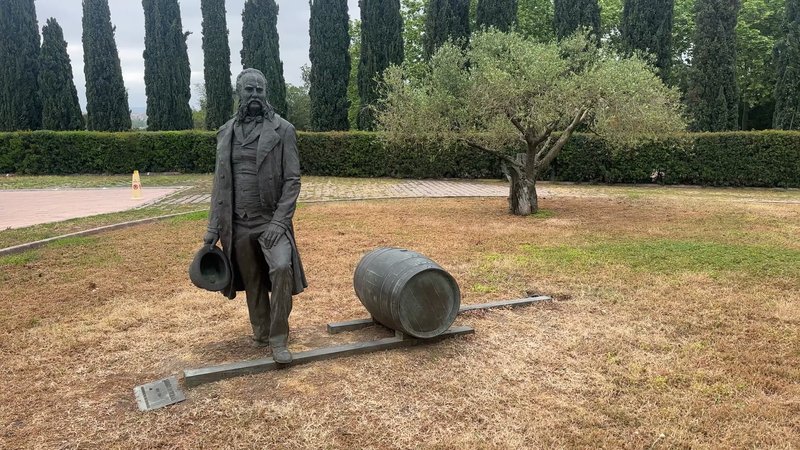

Comments